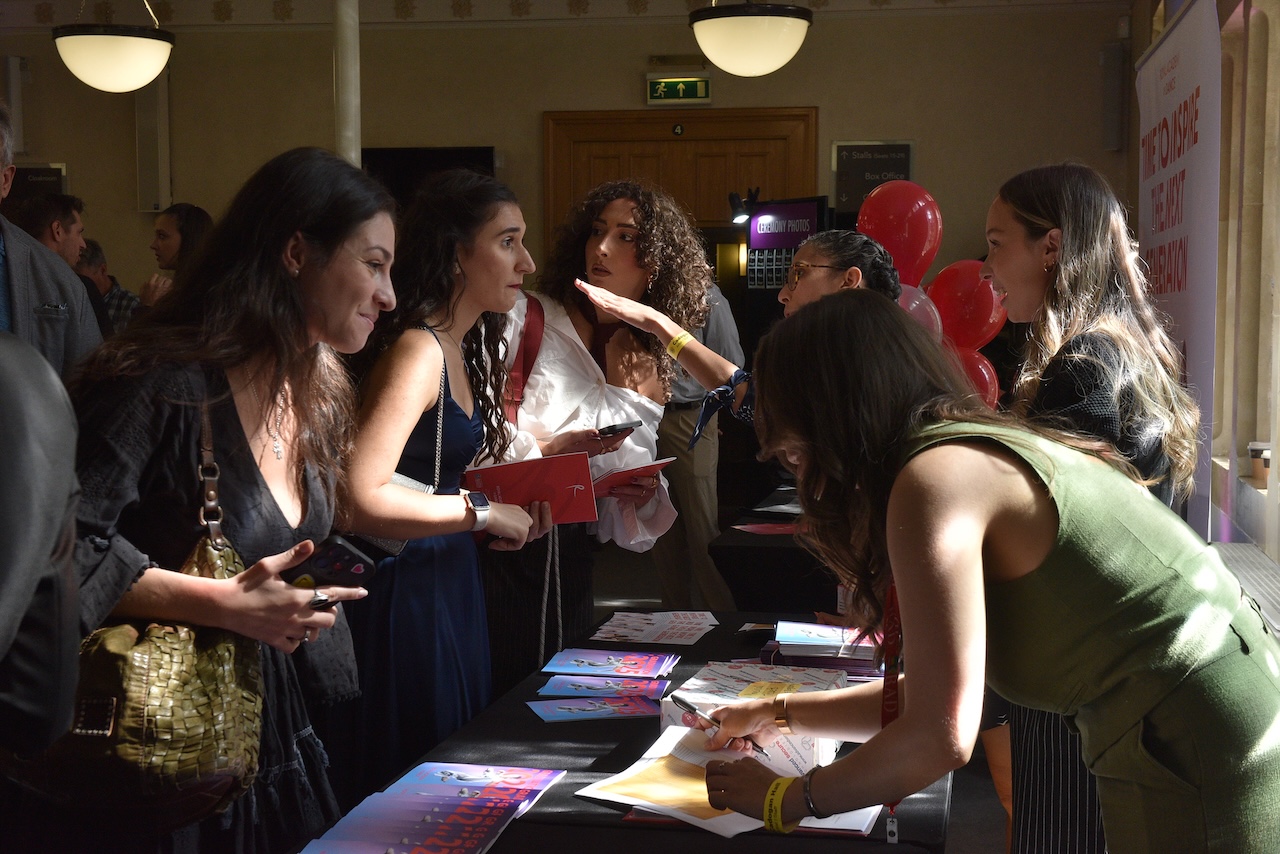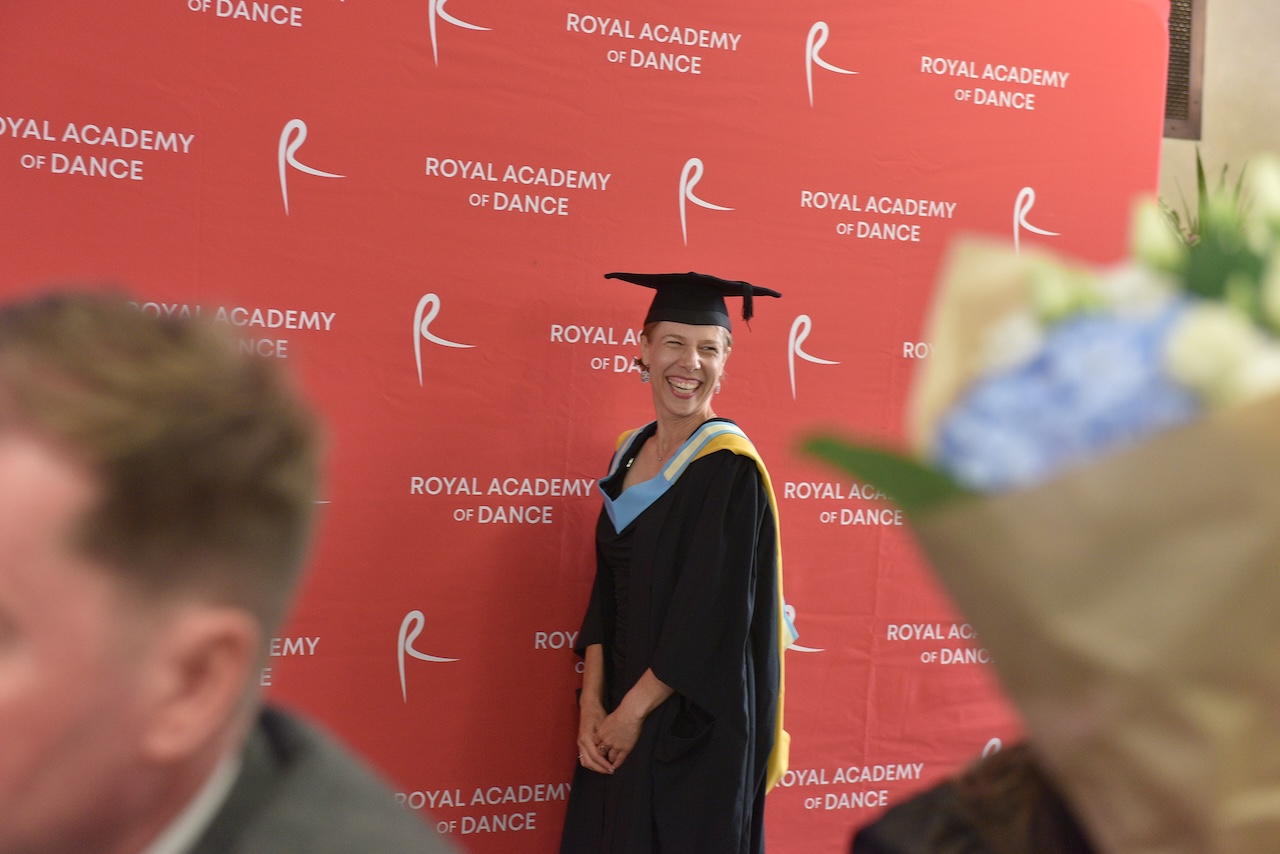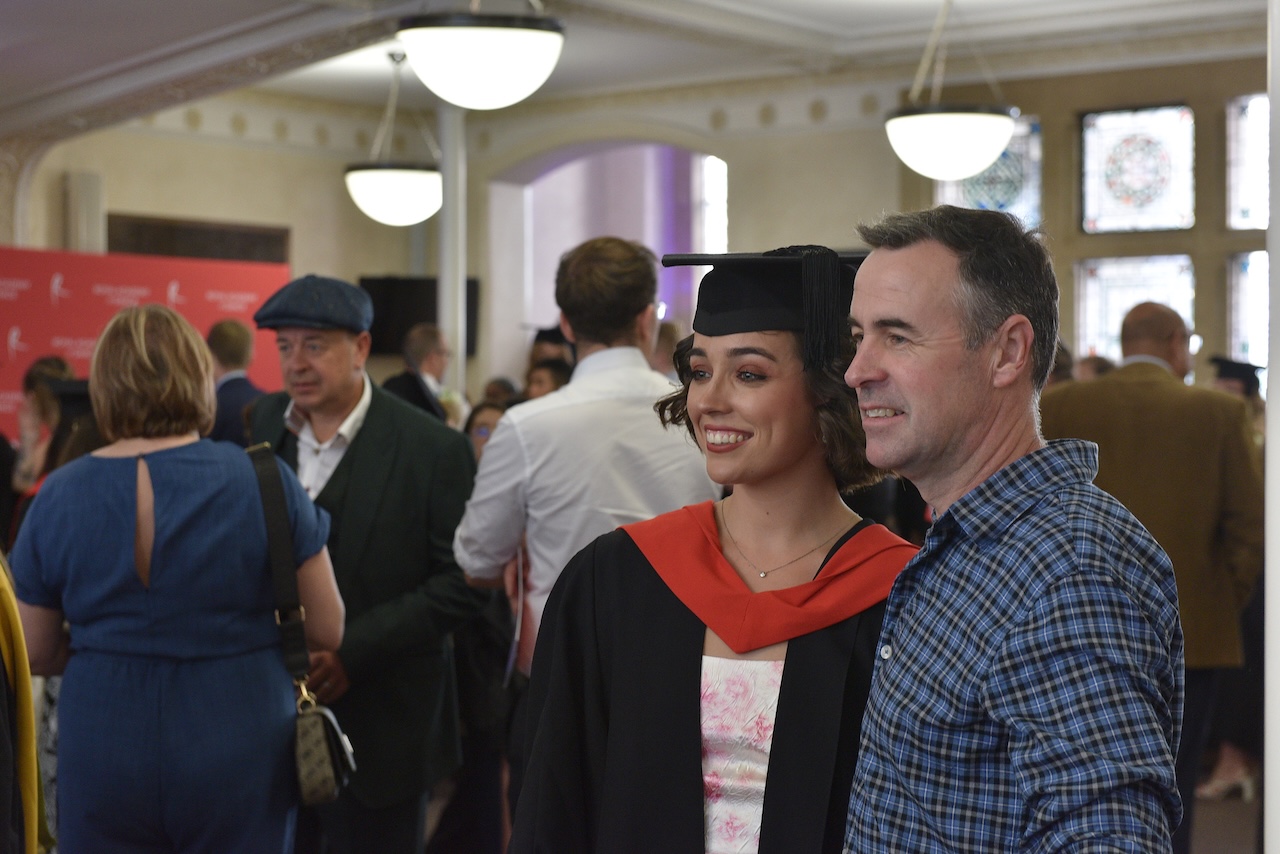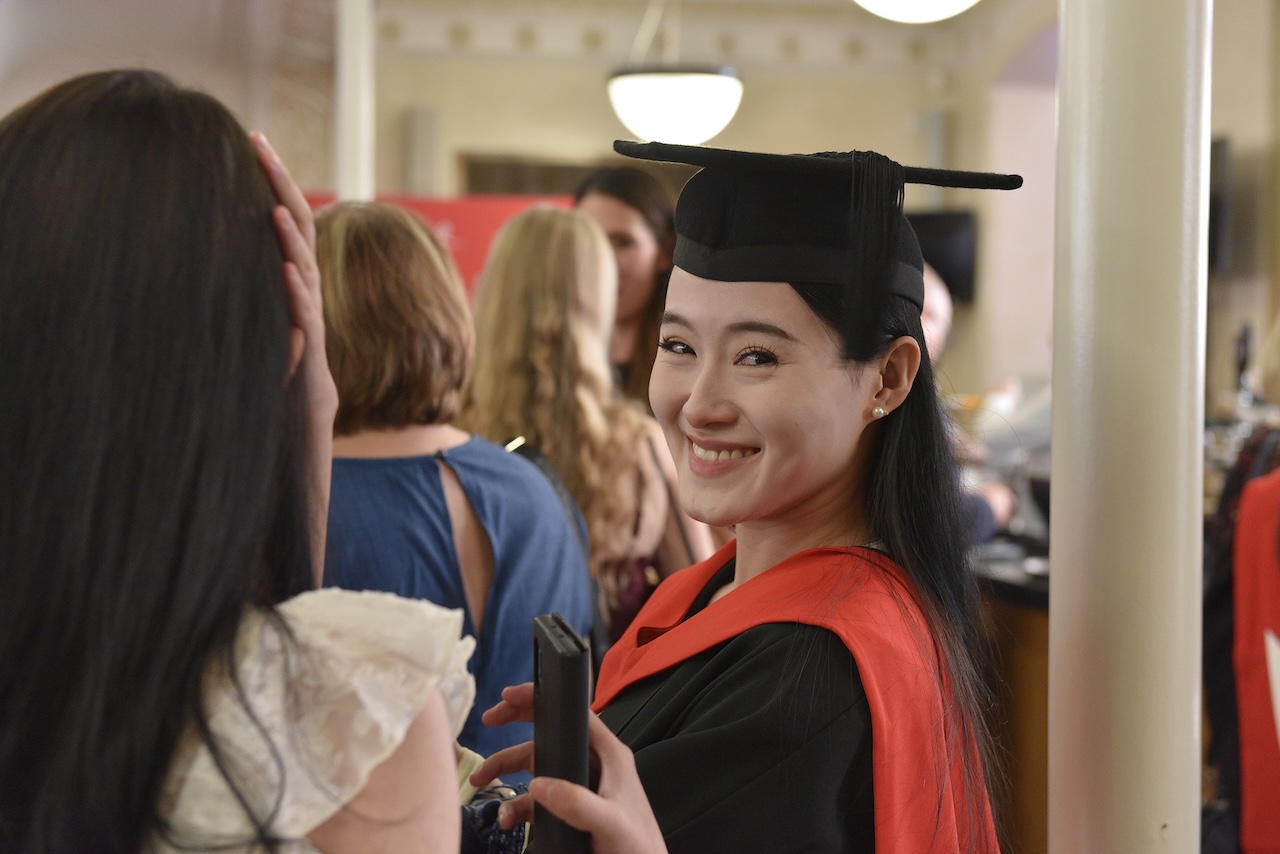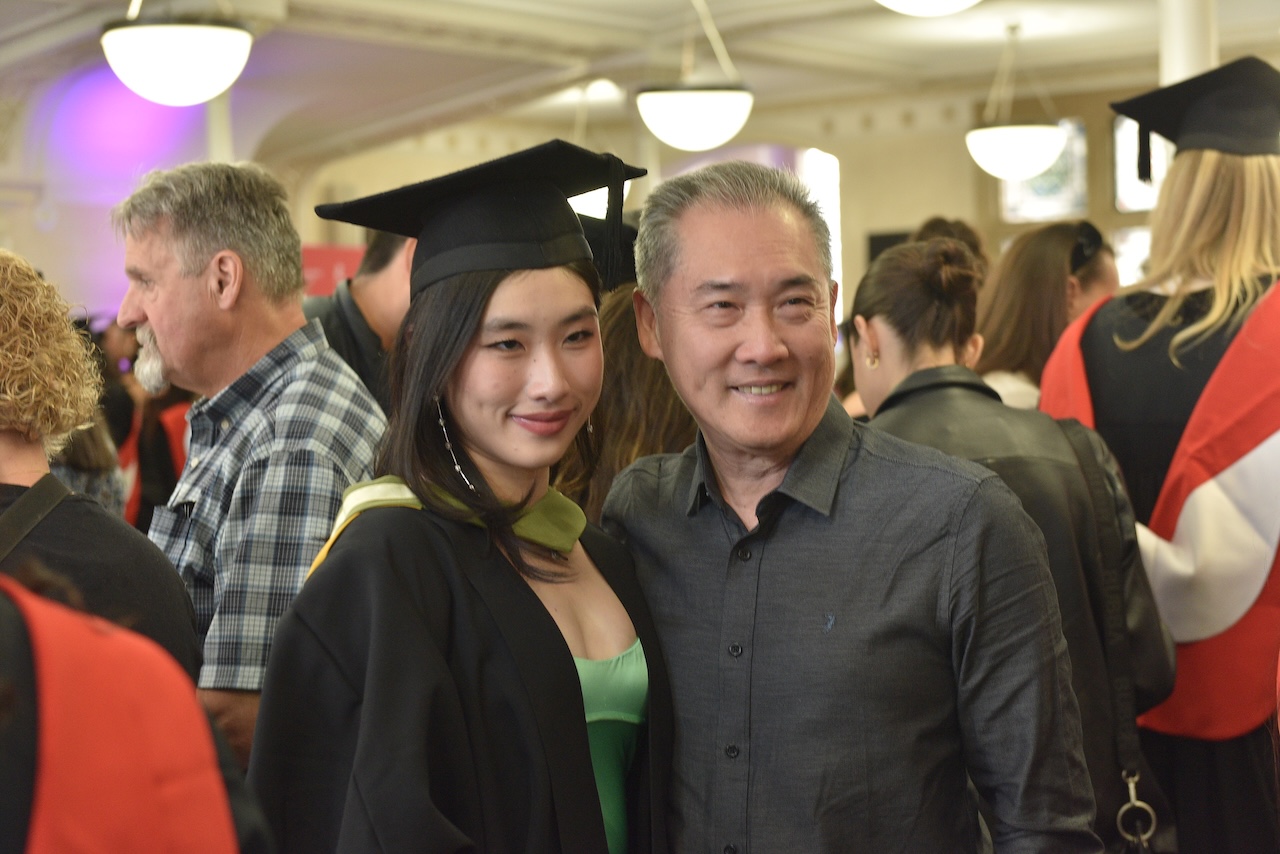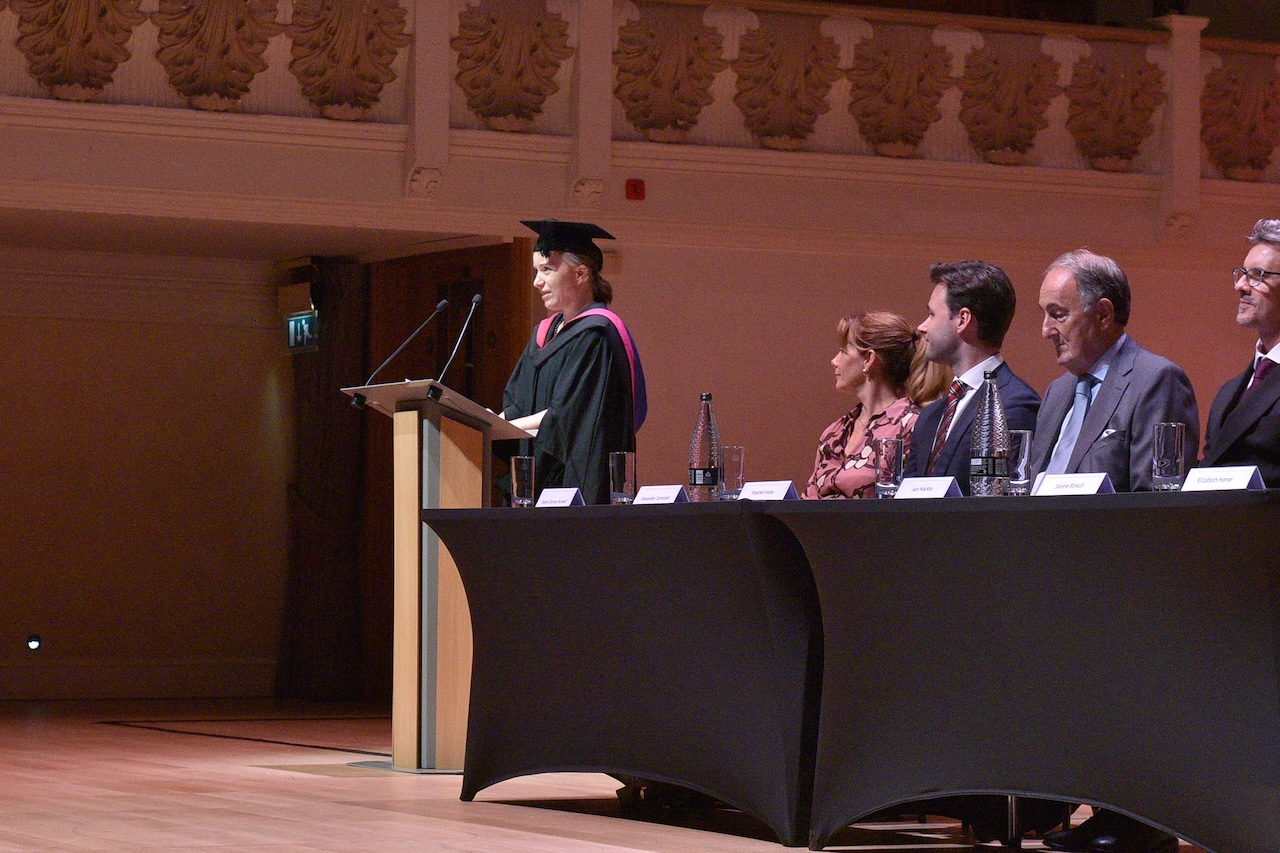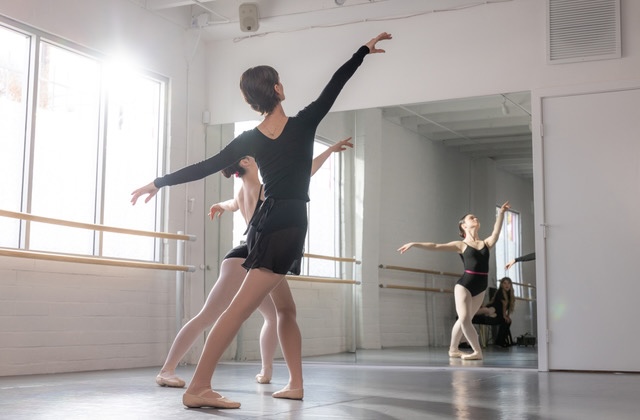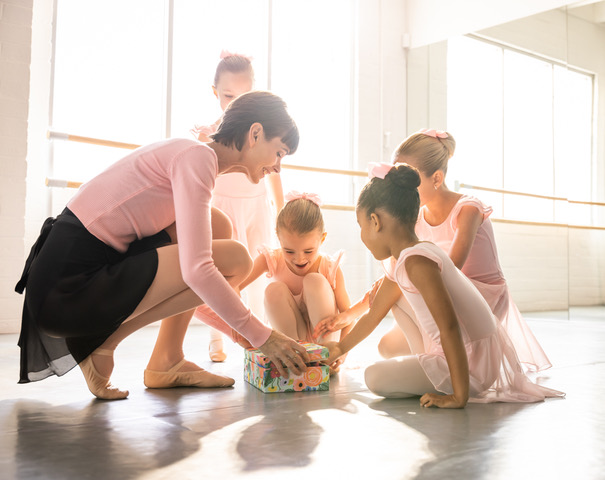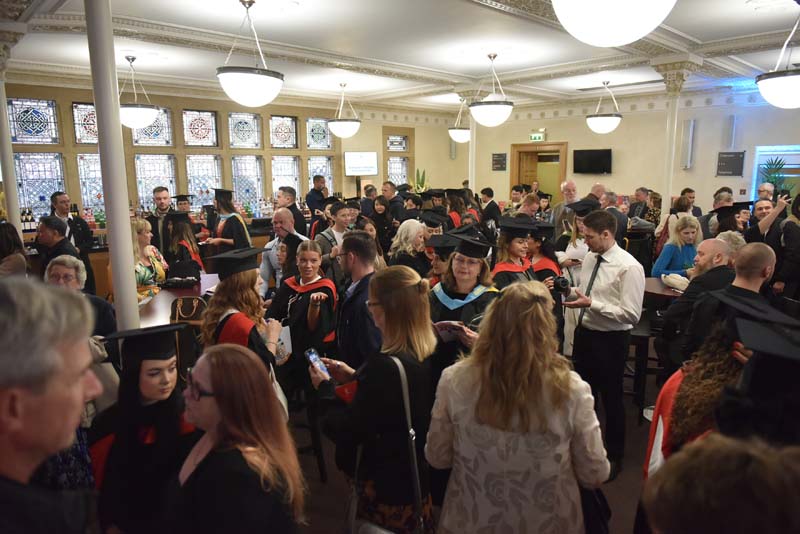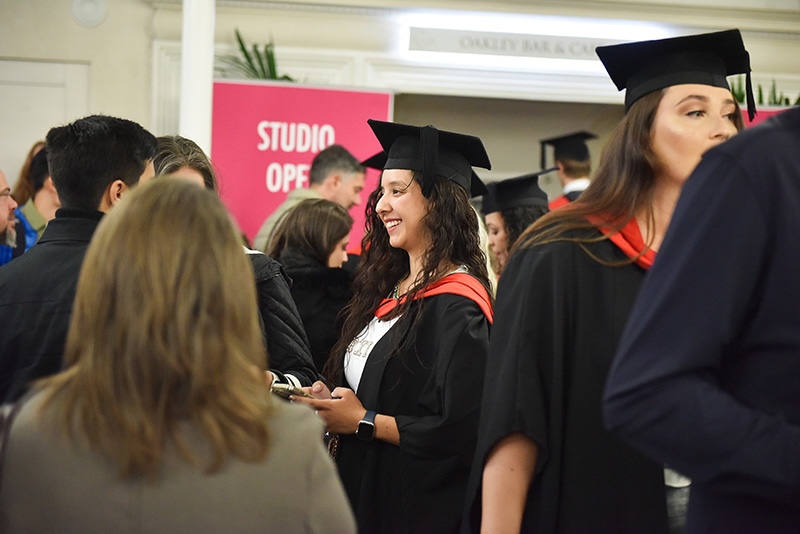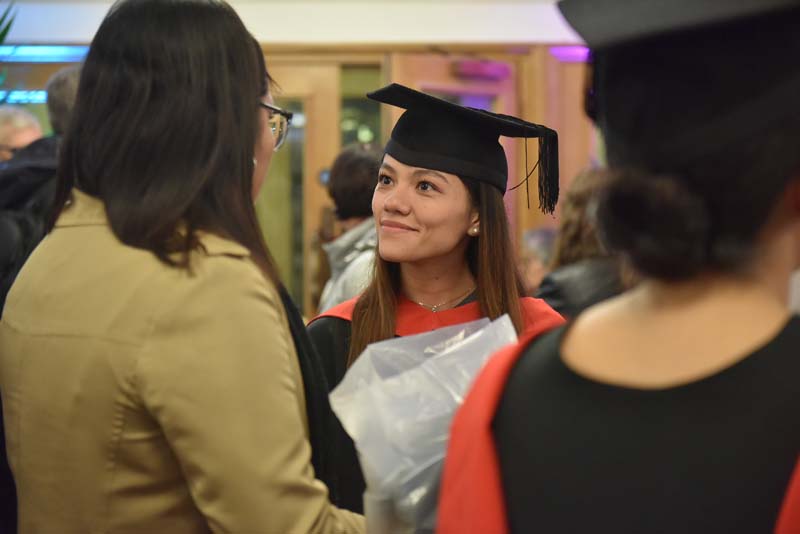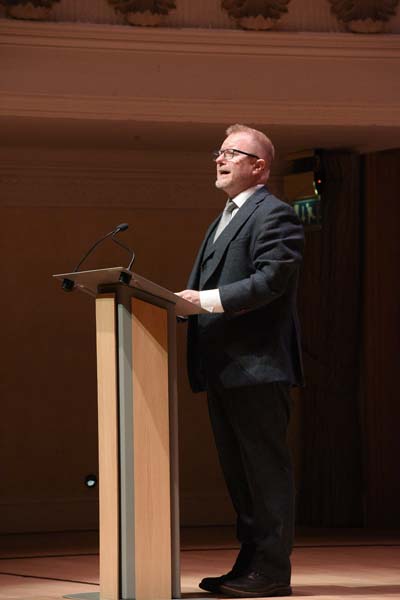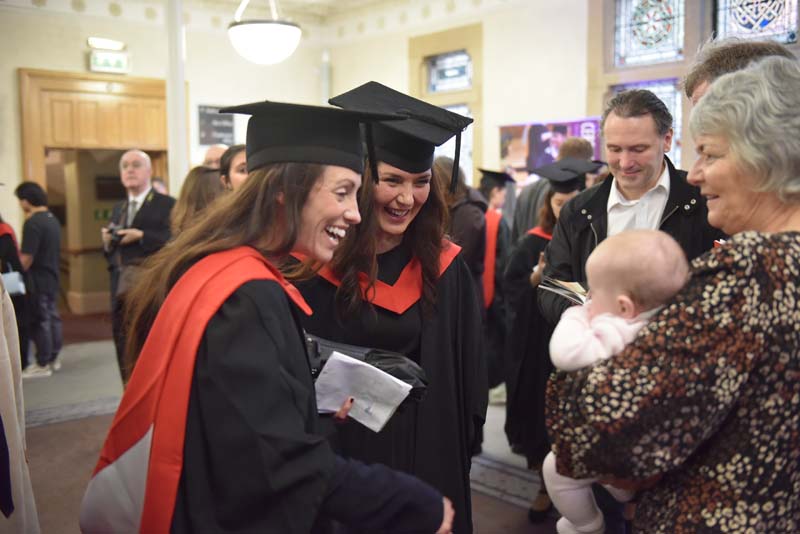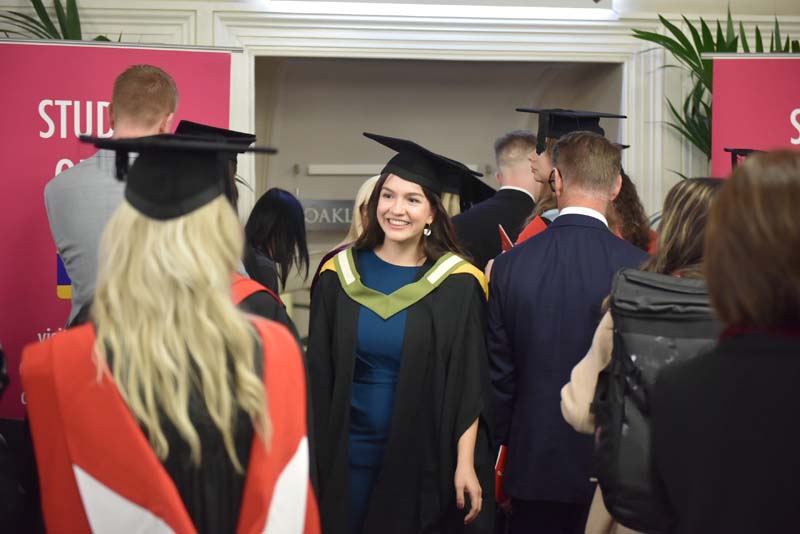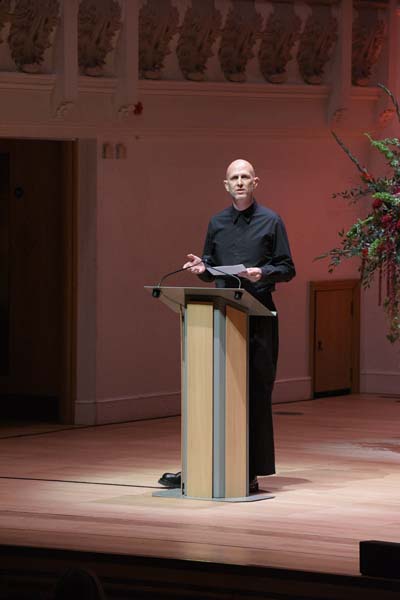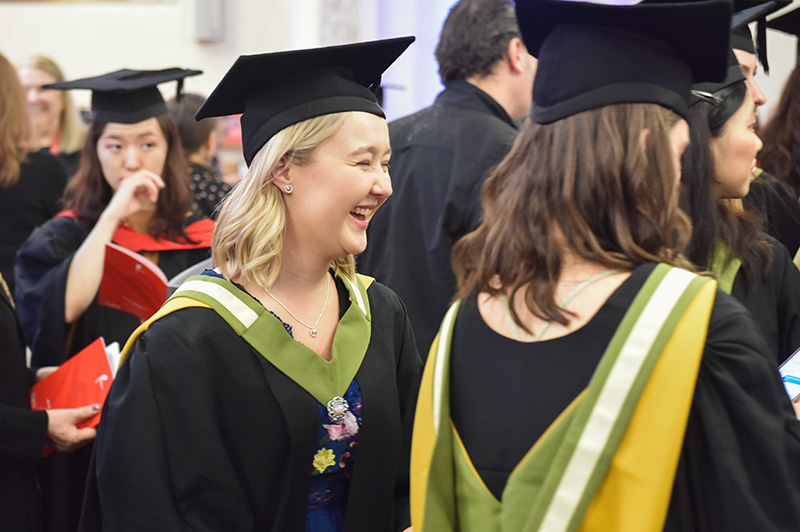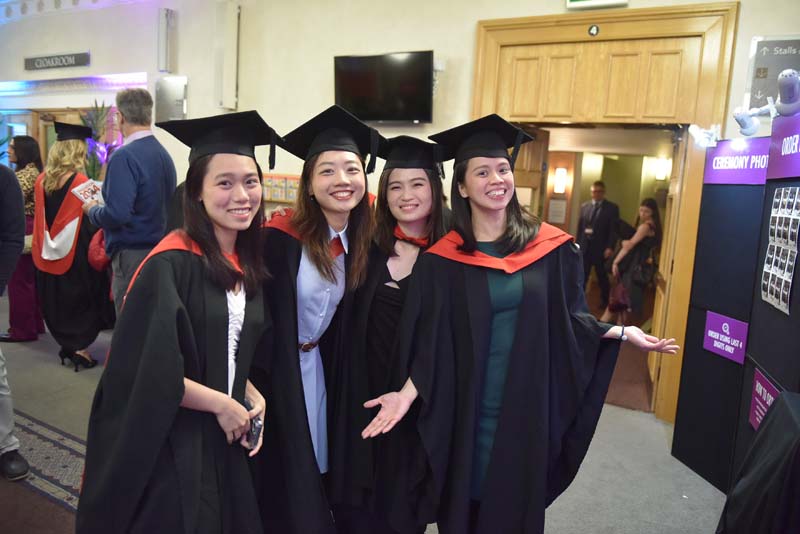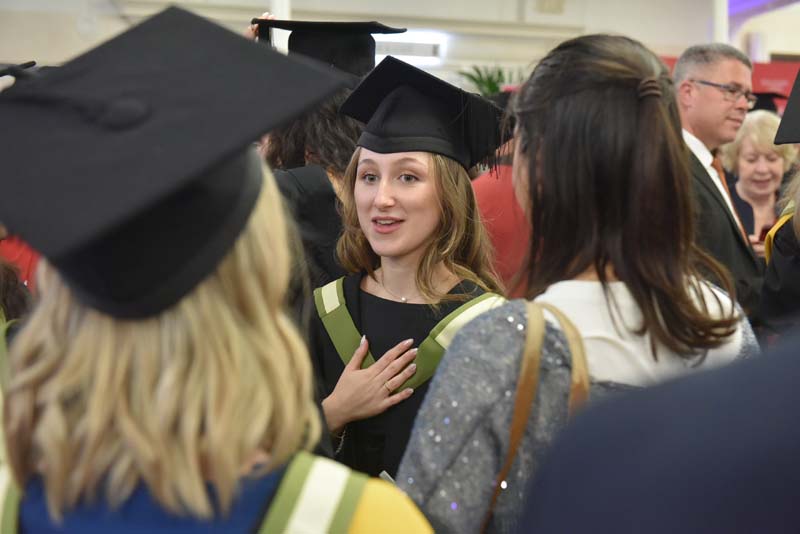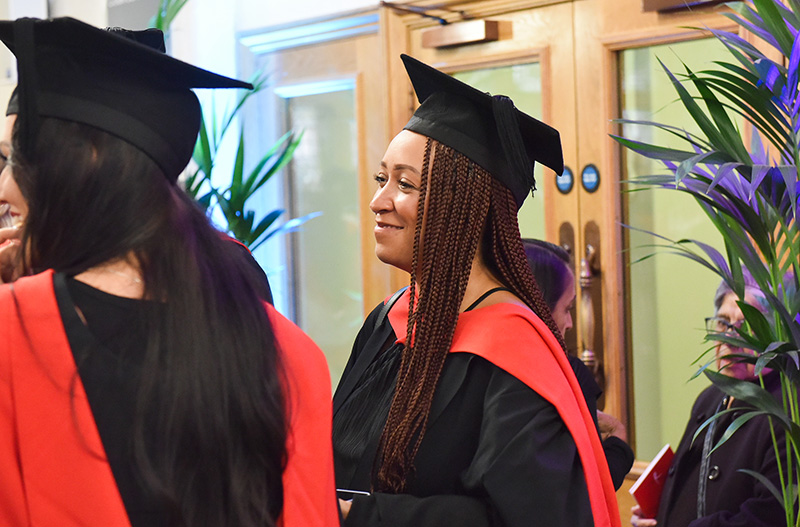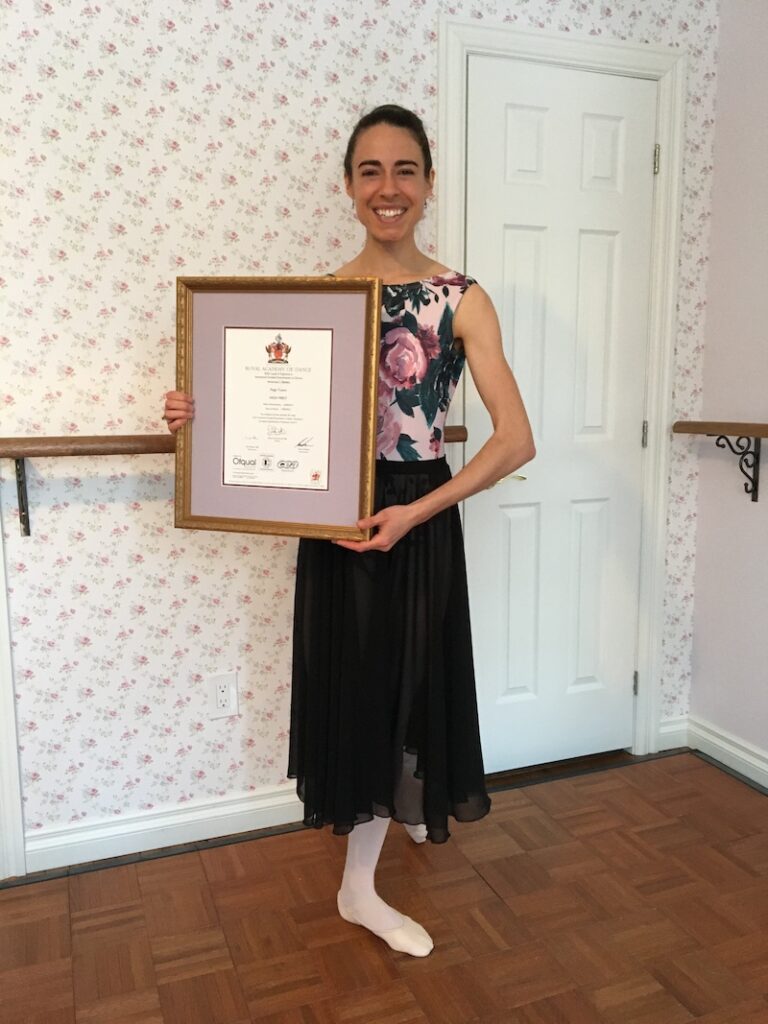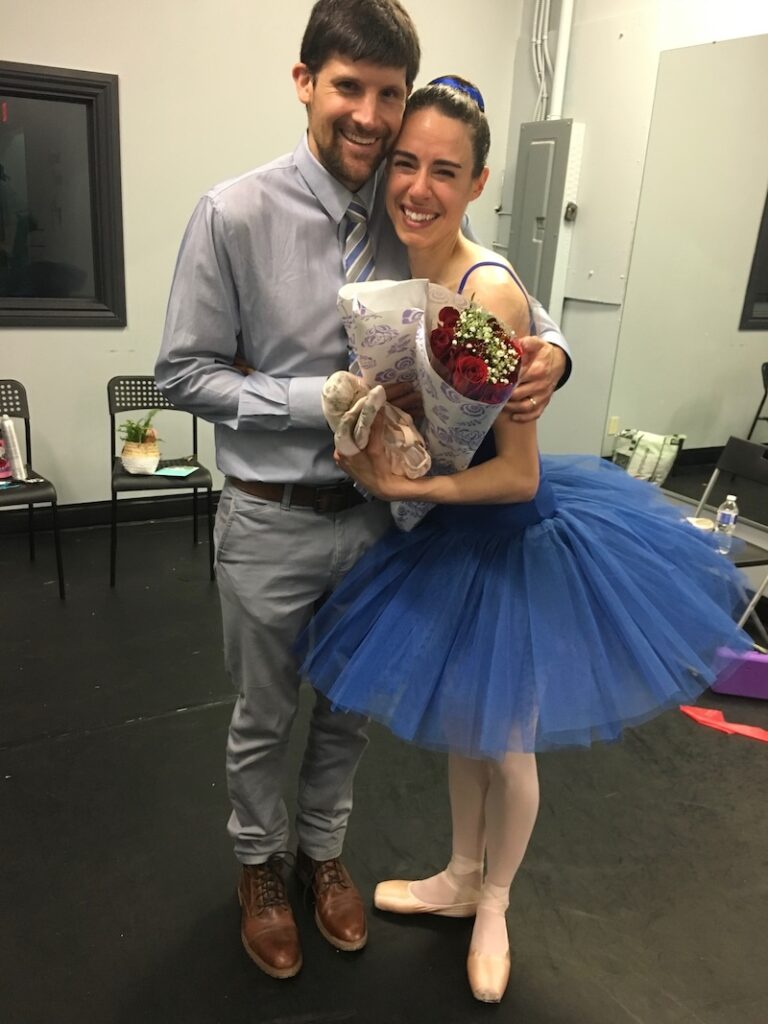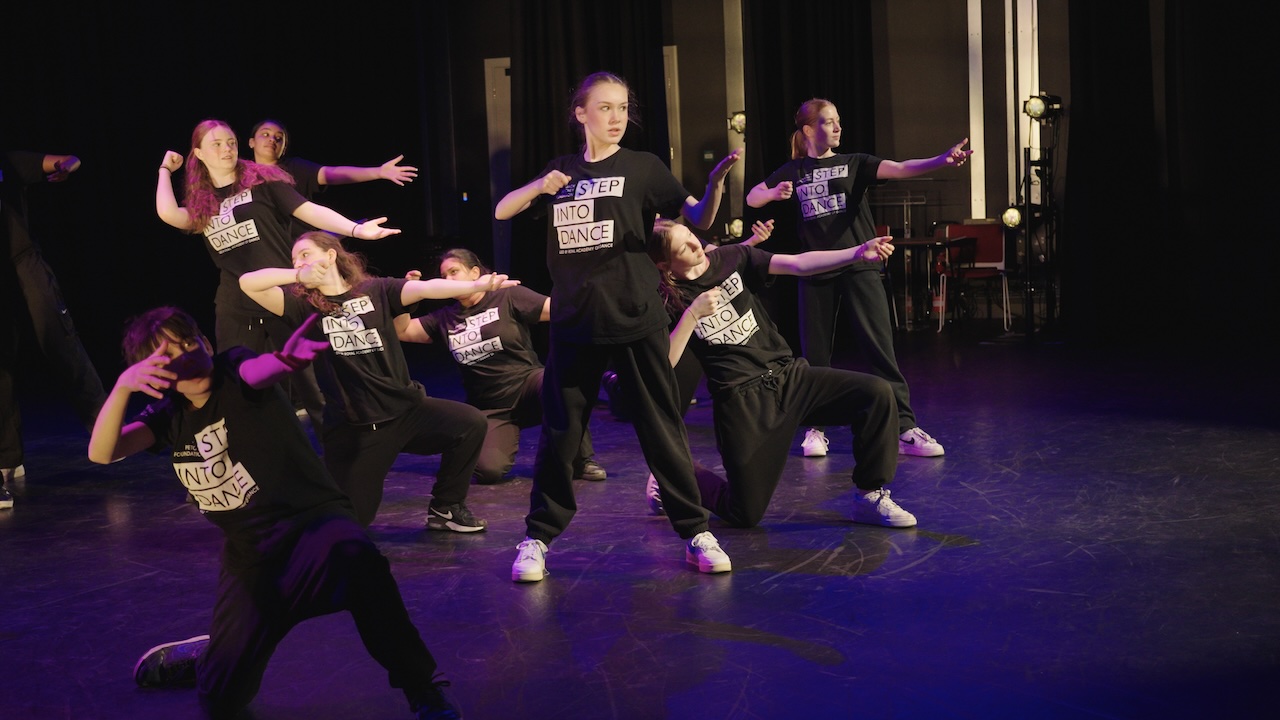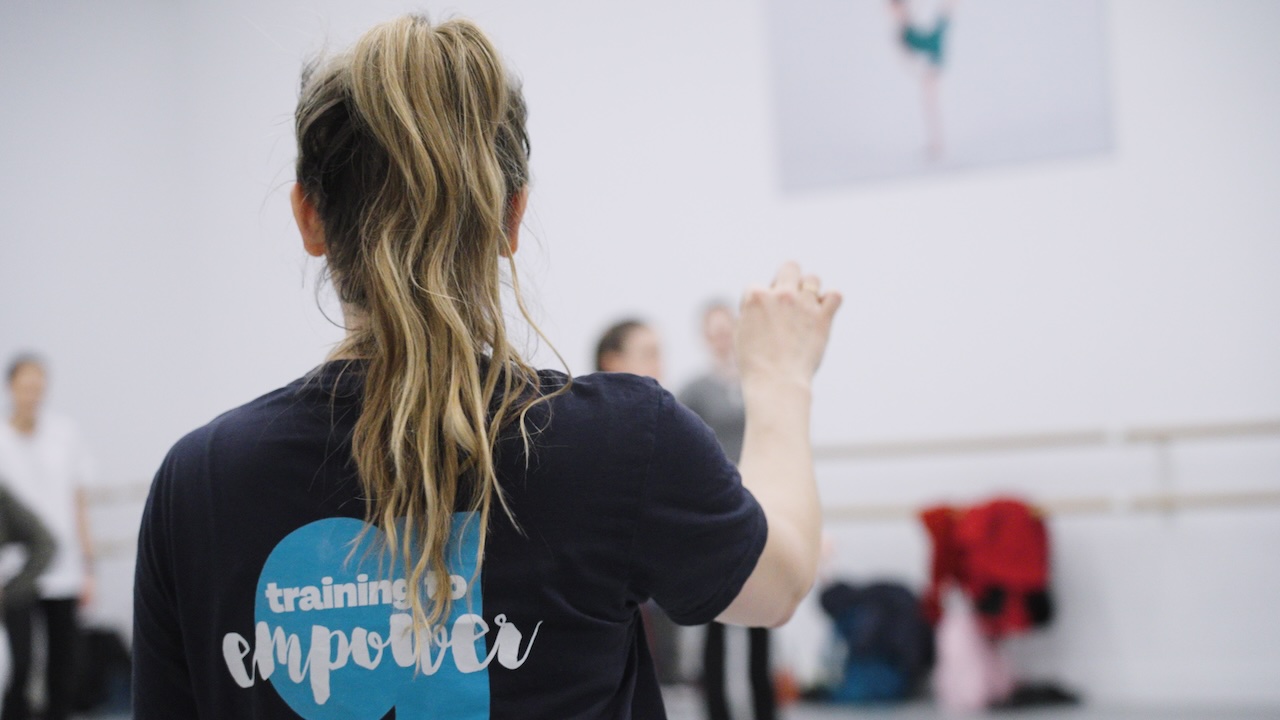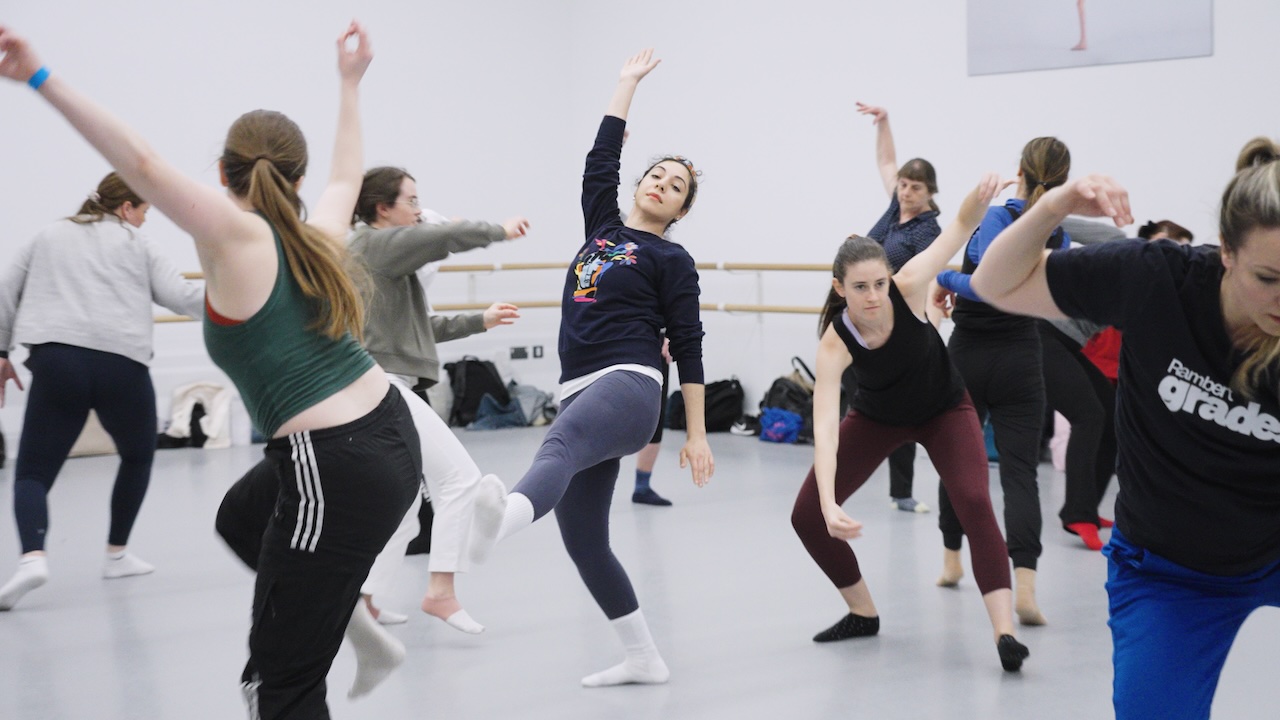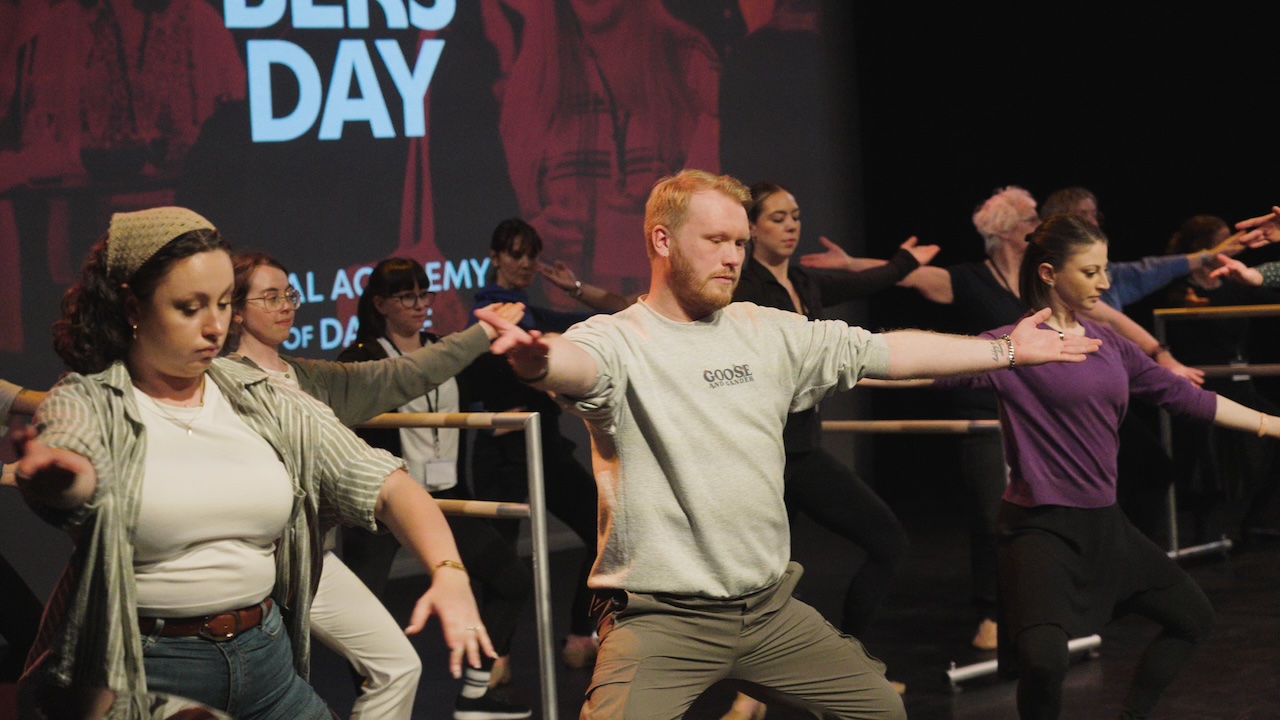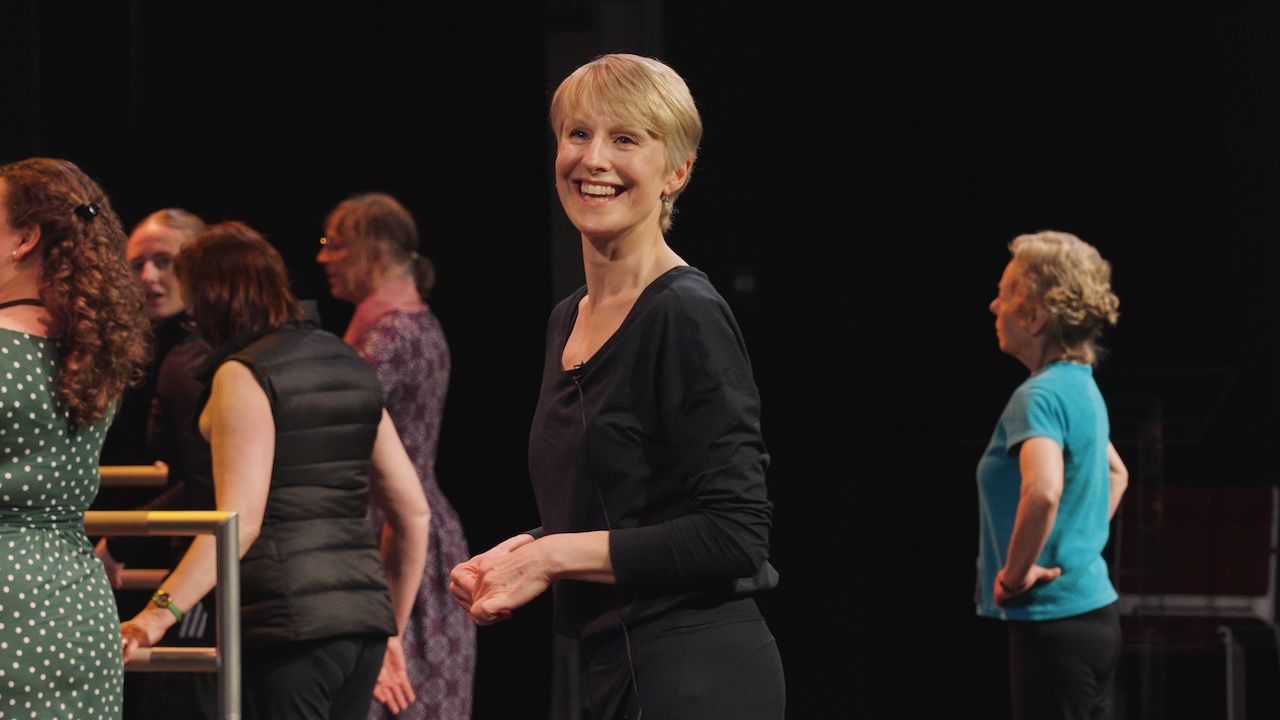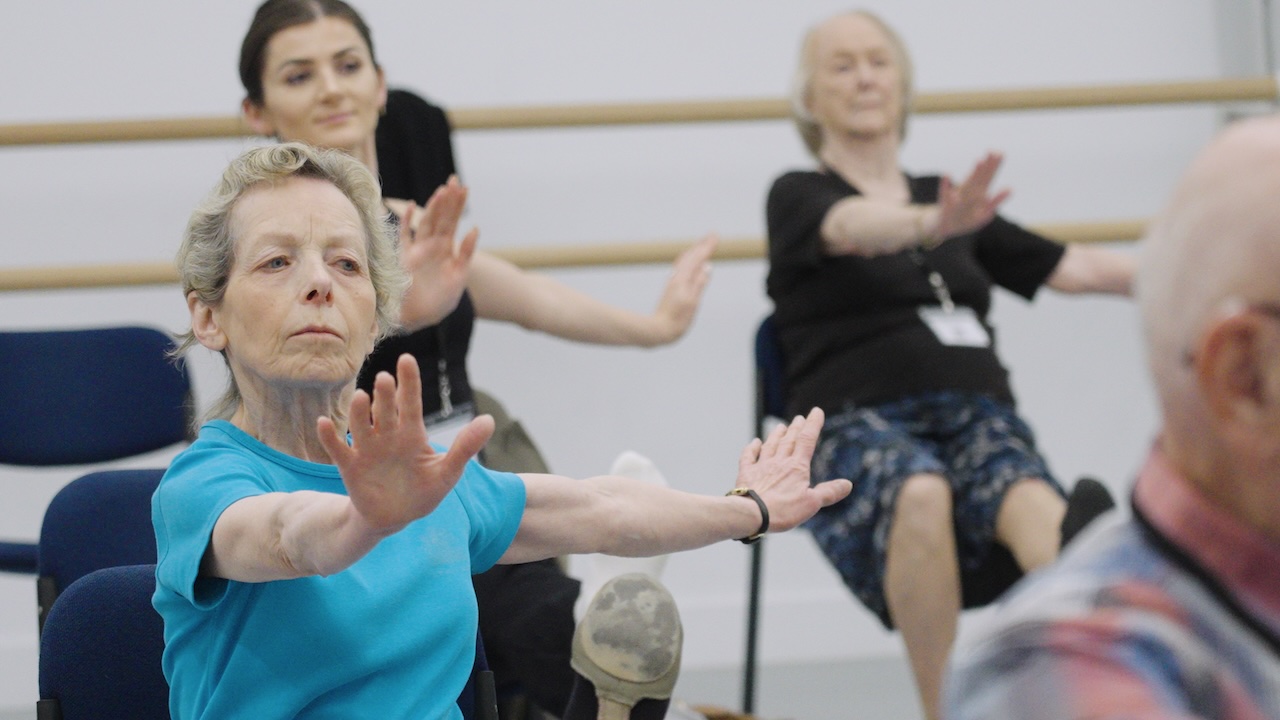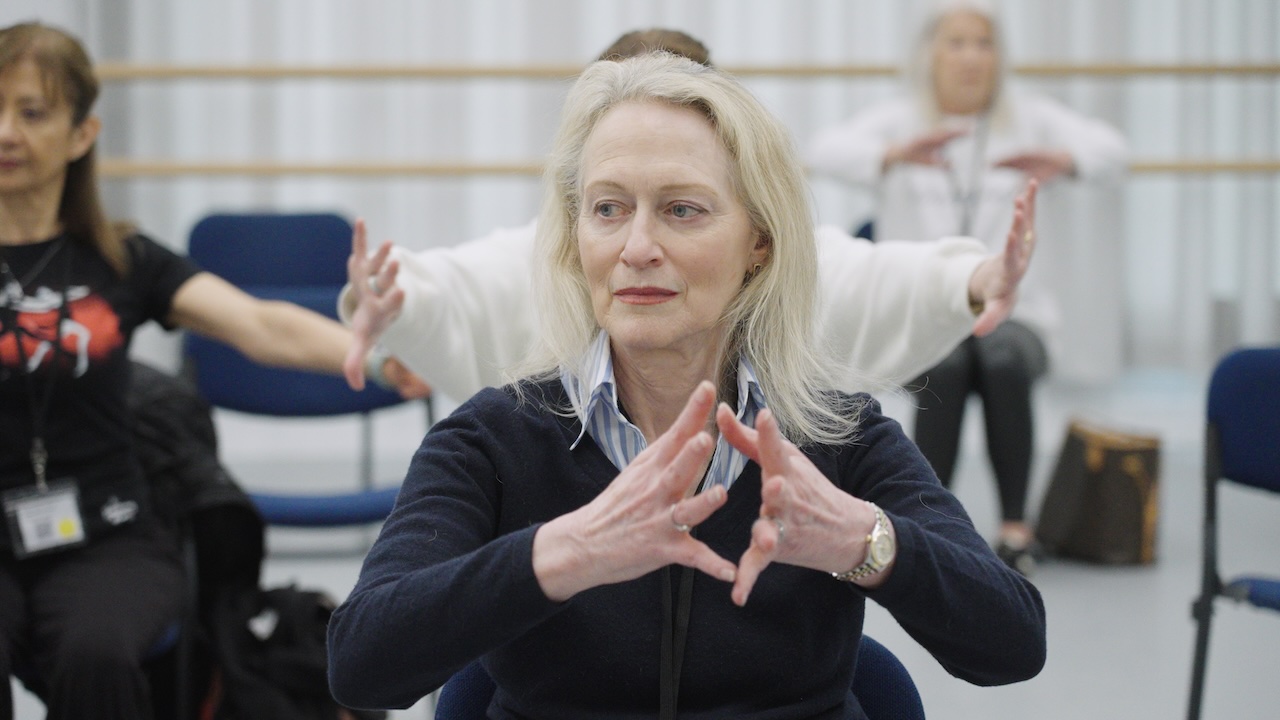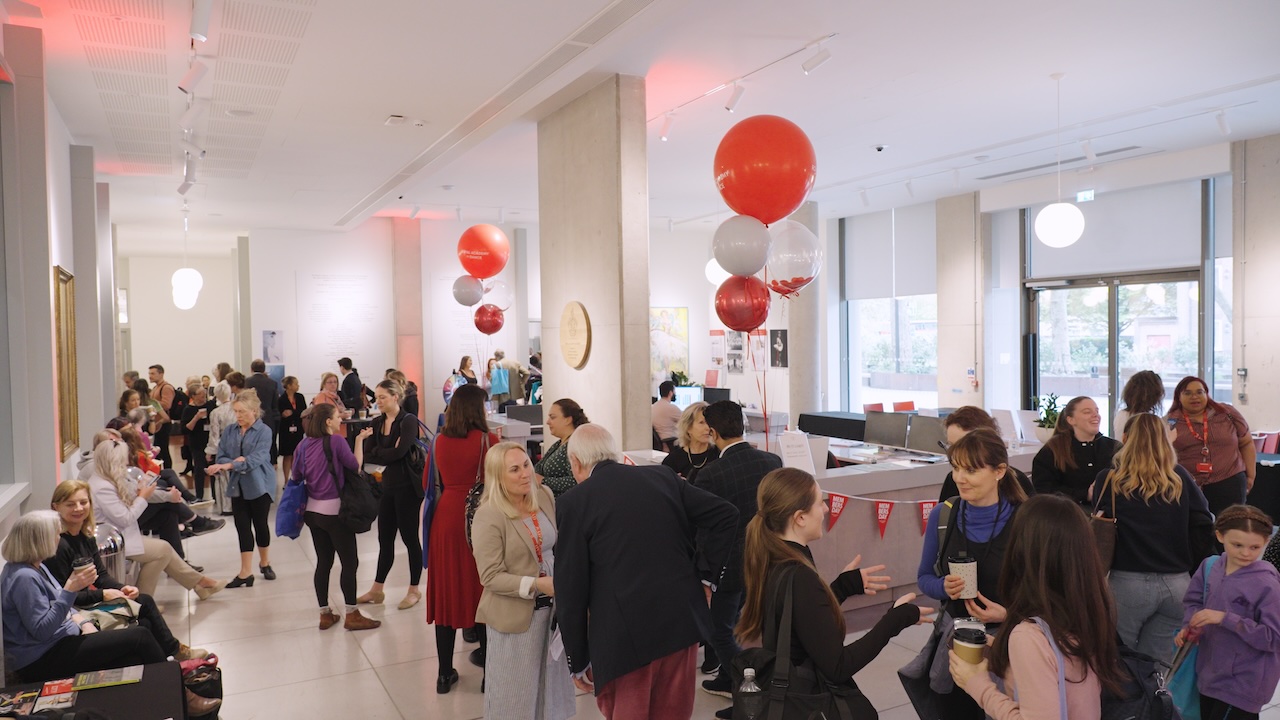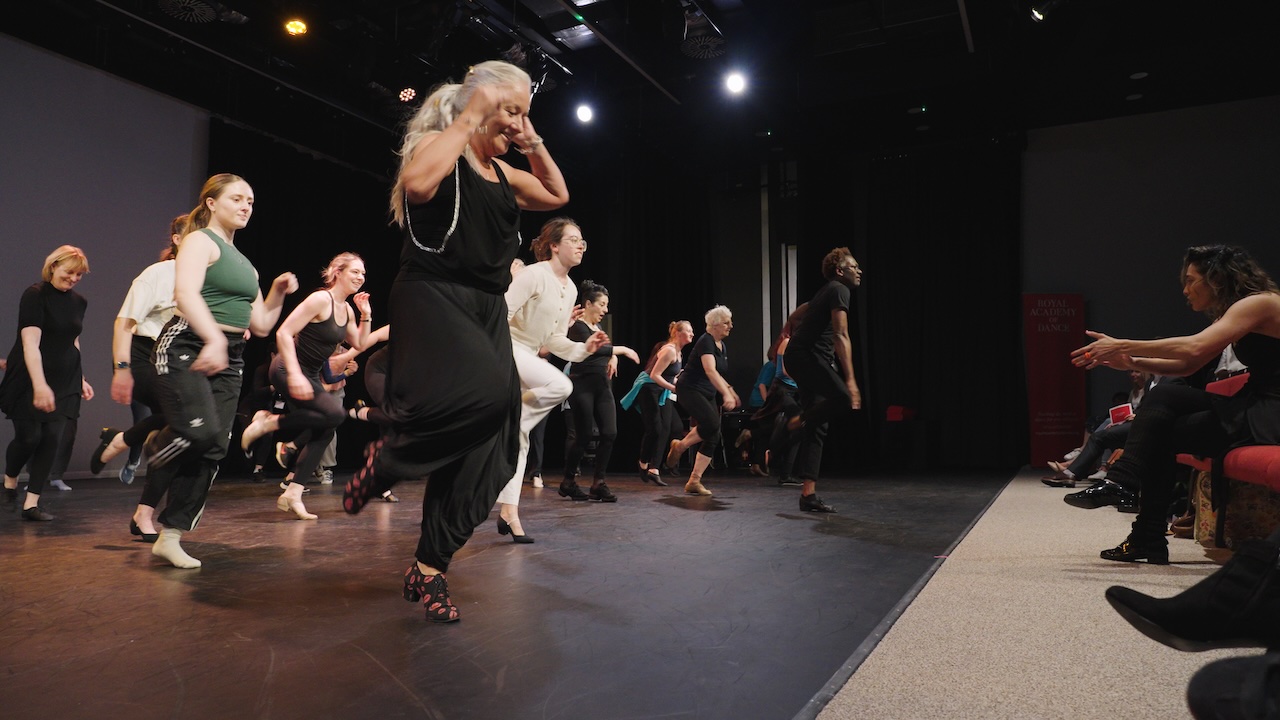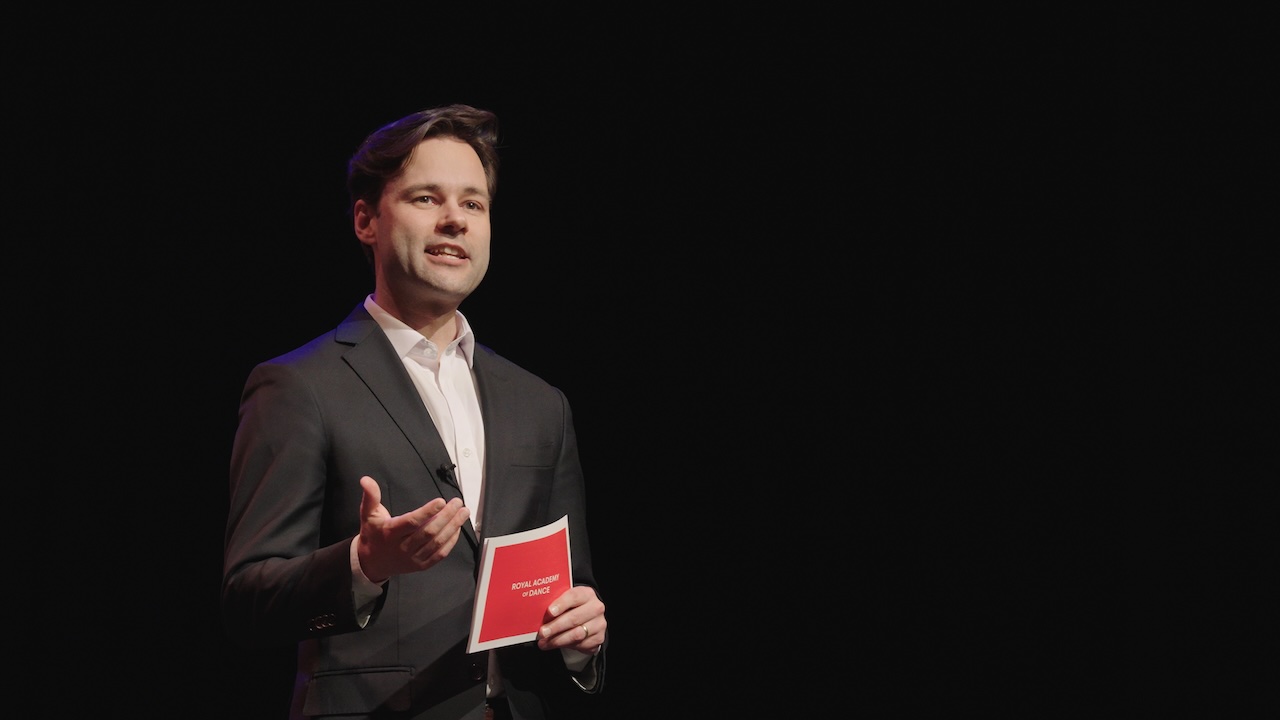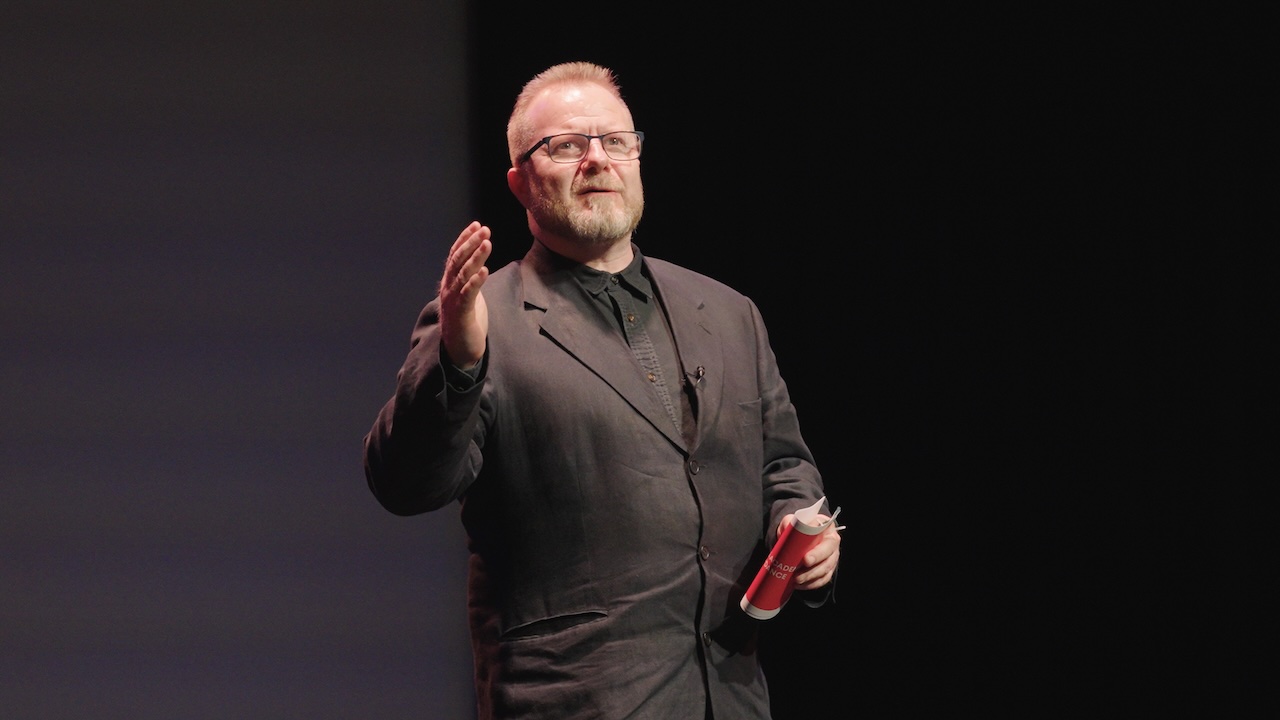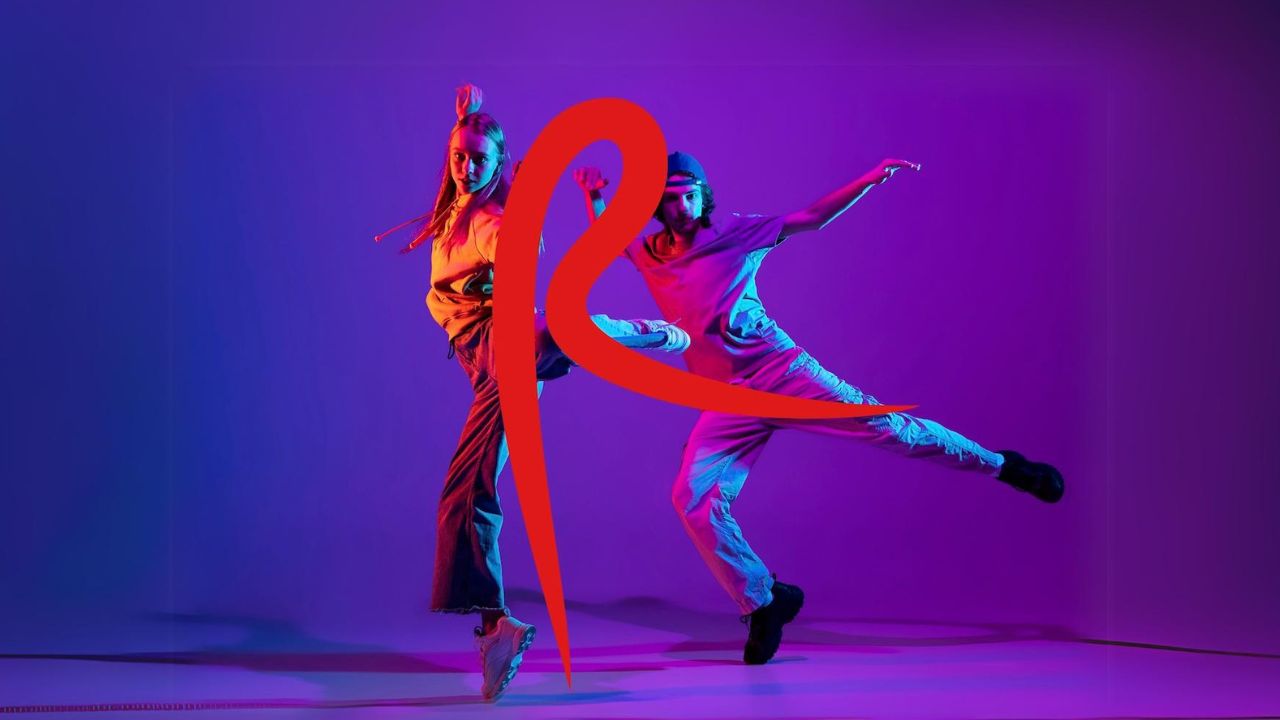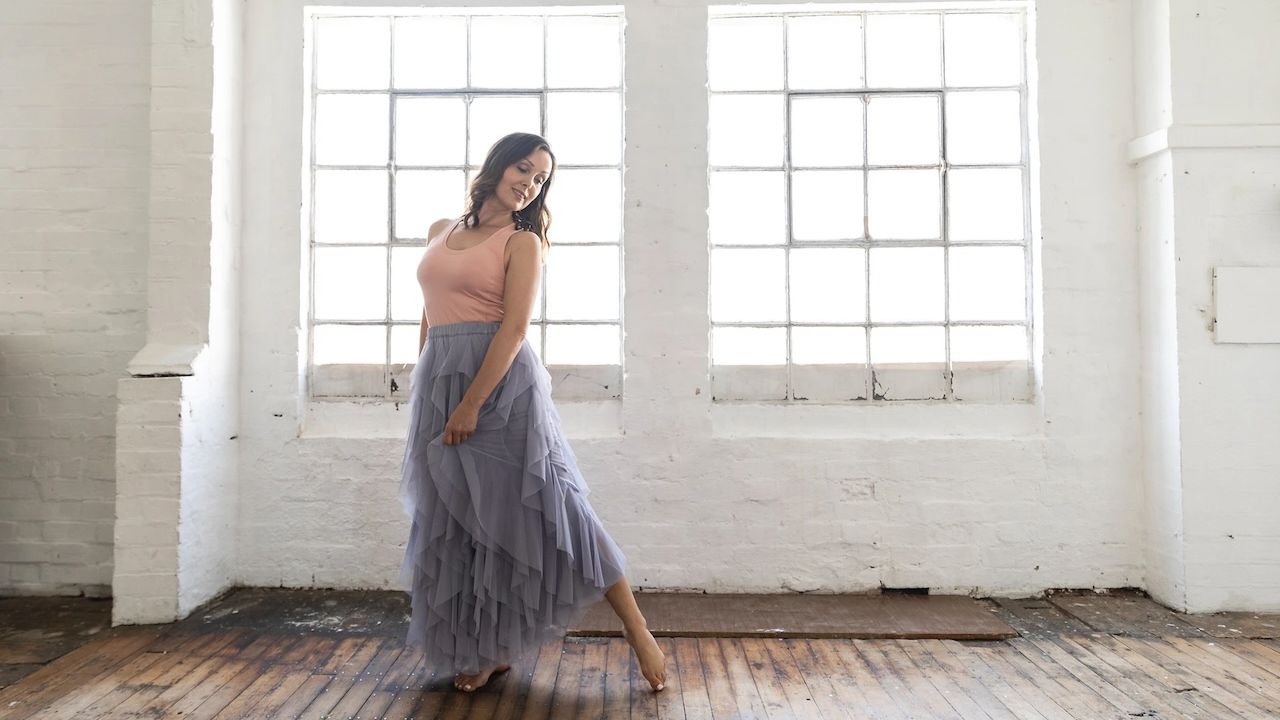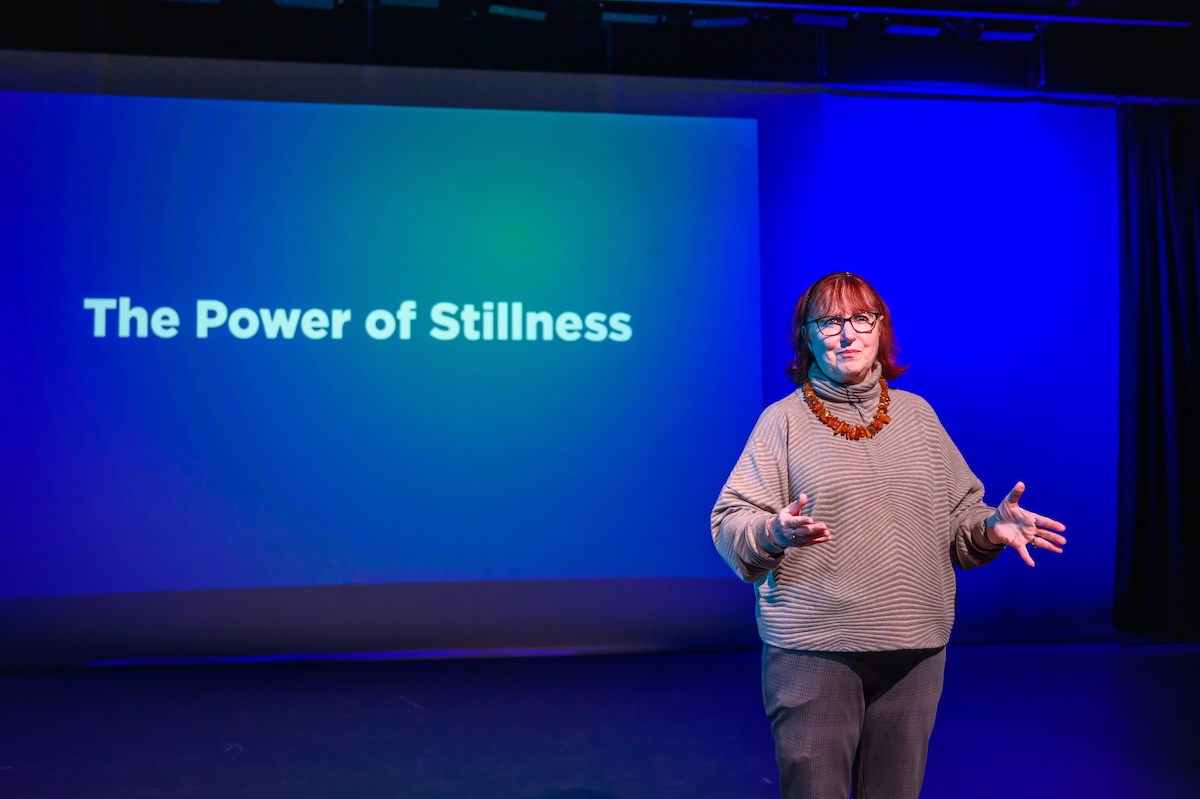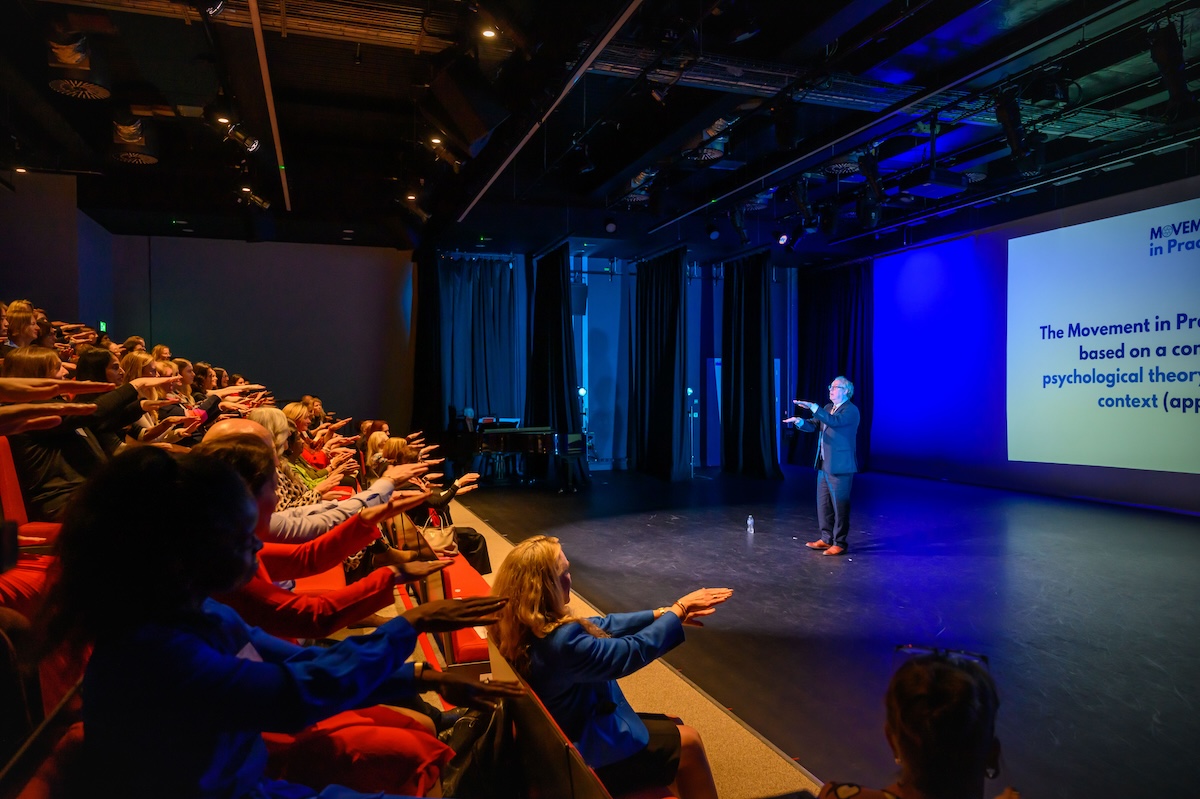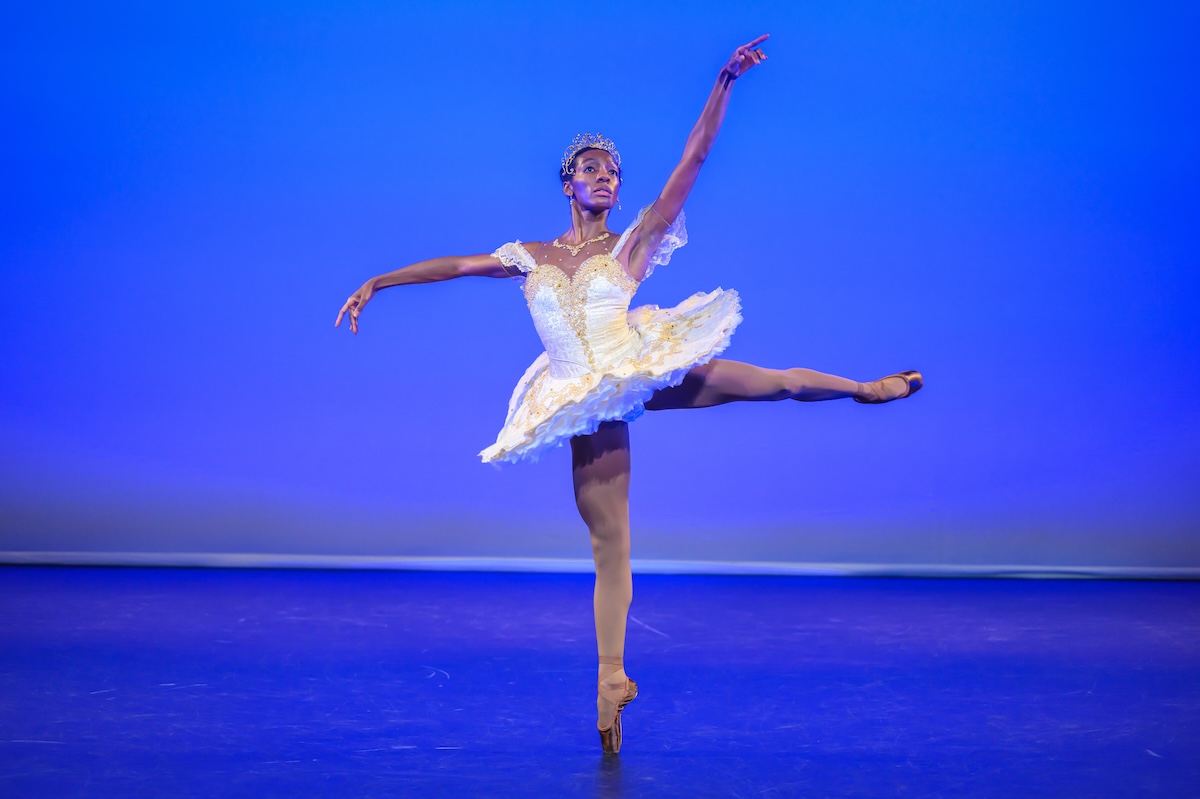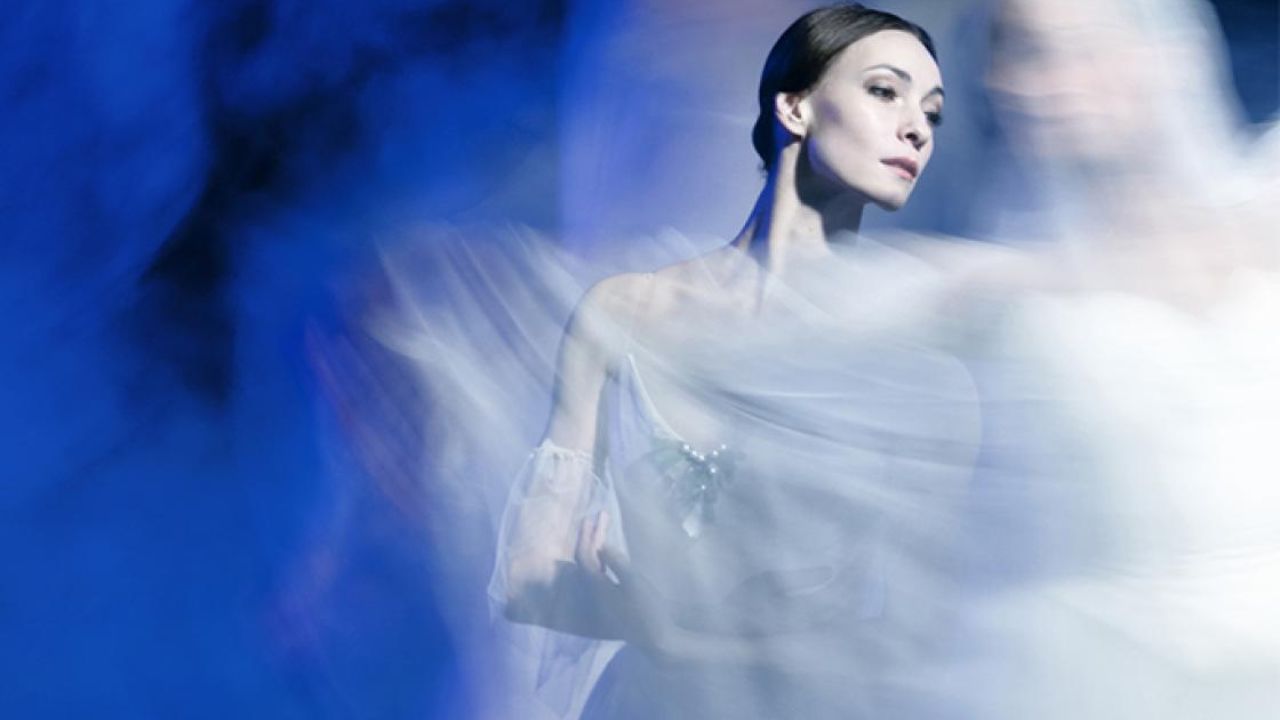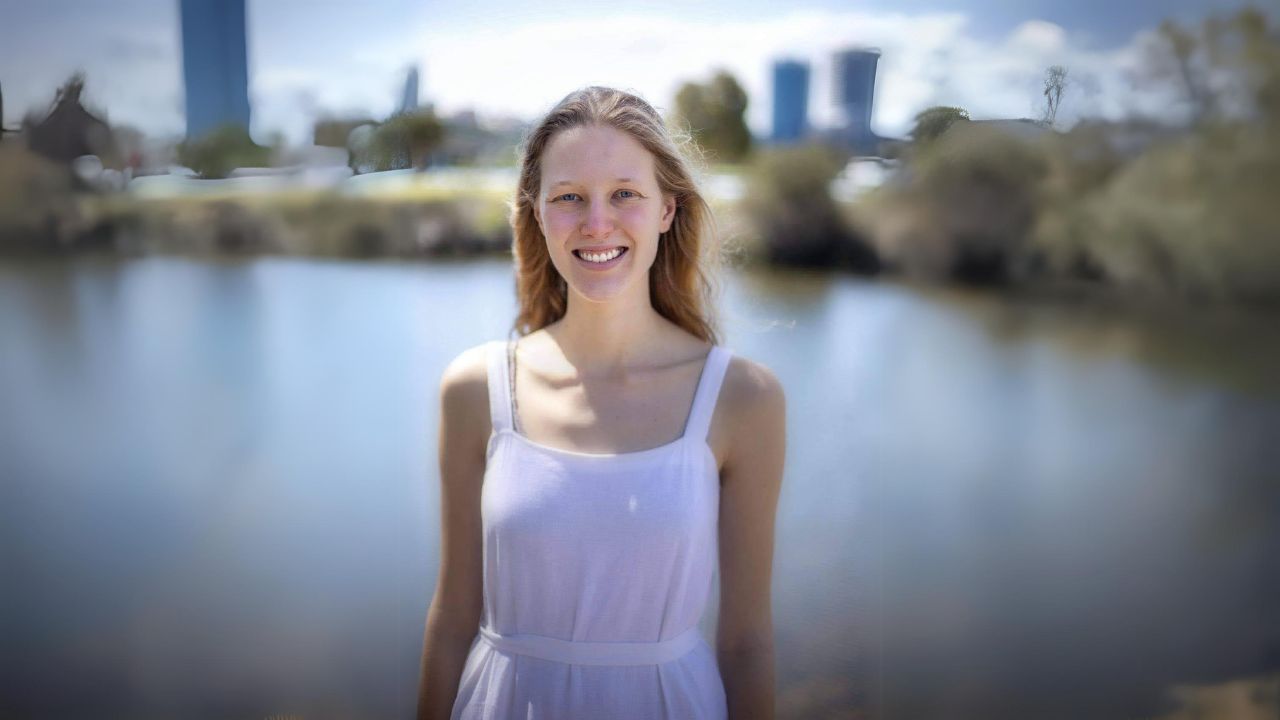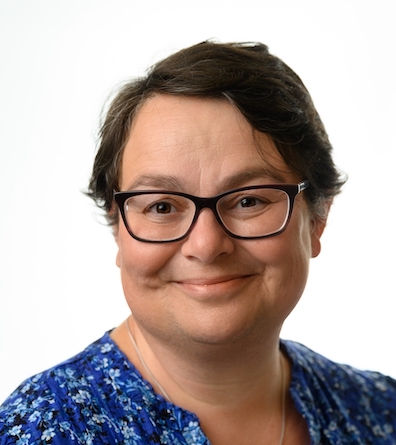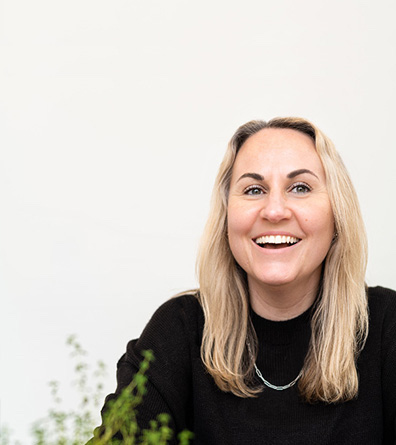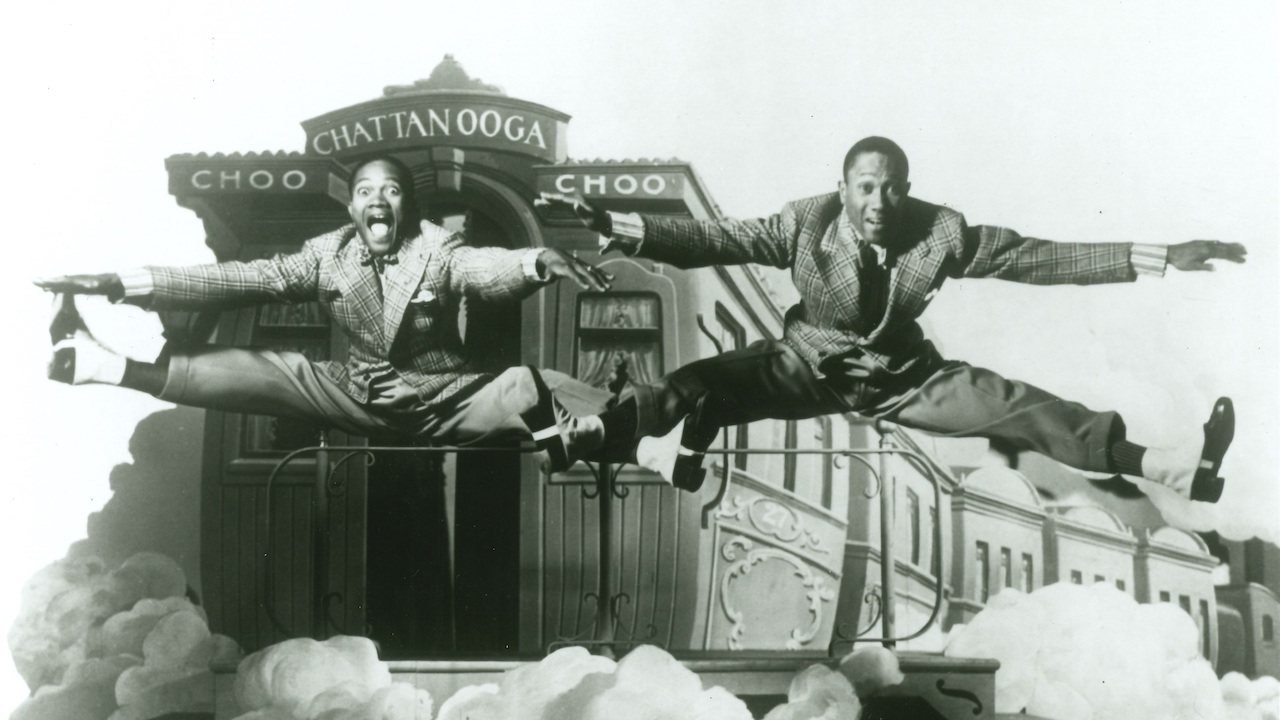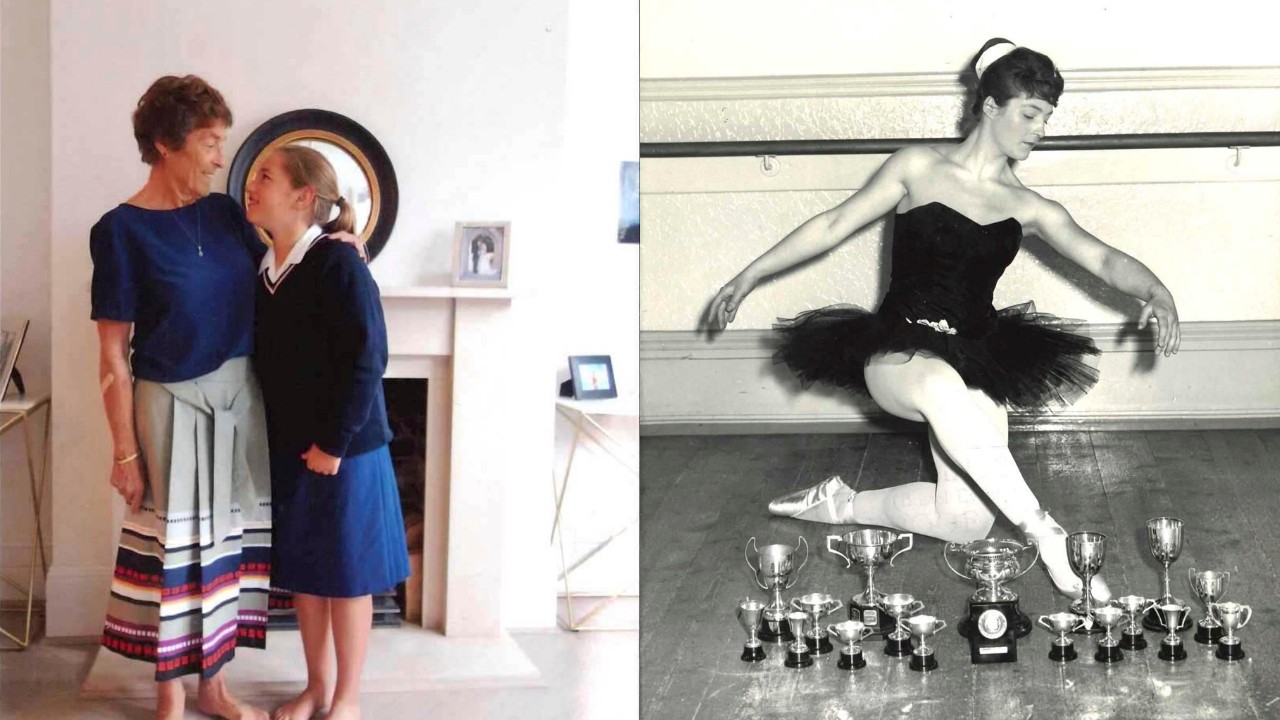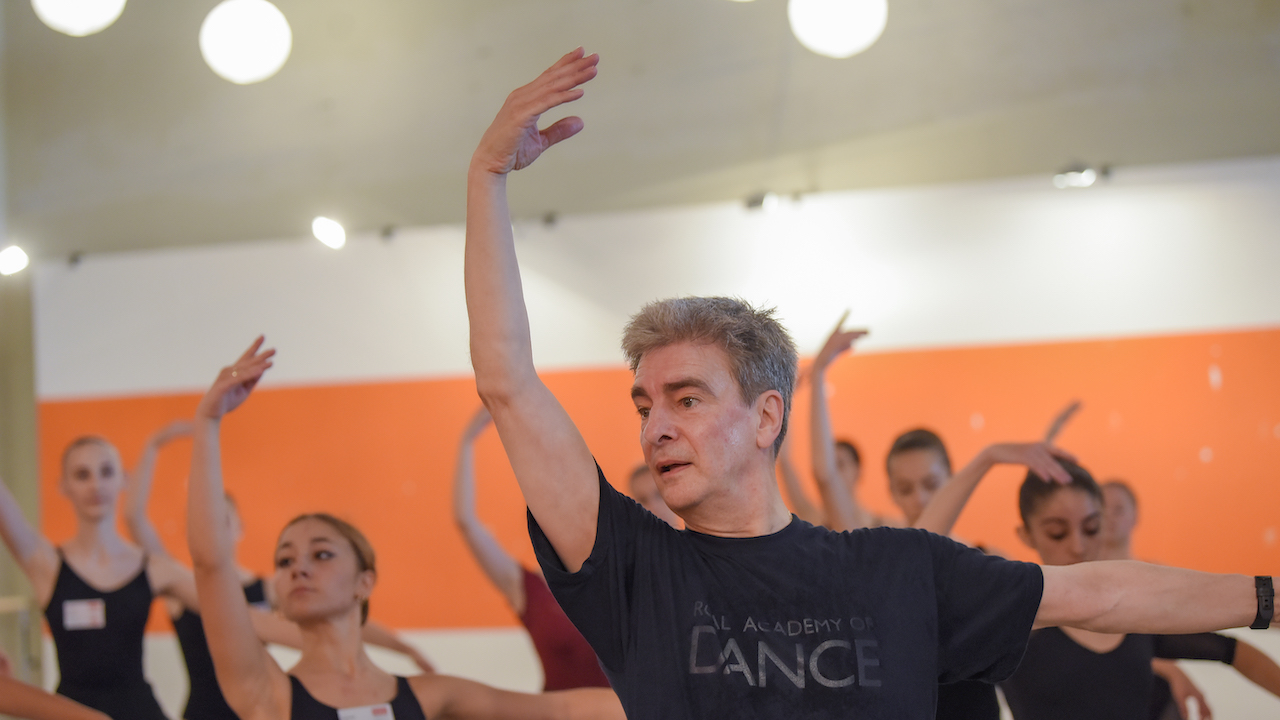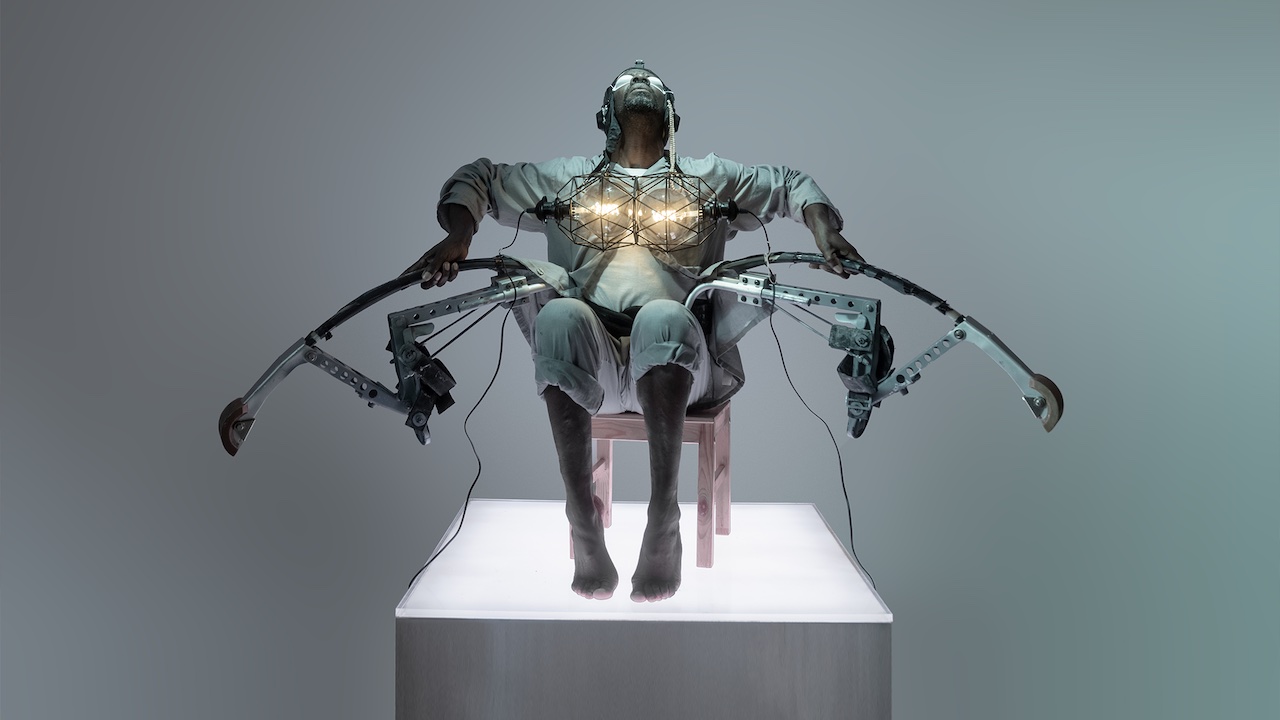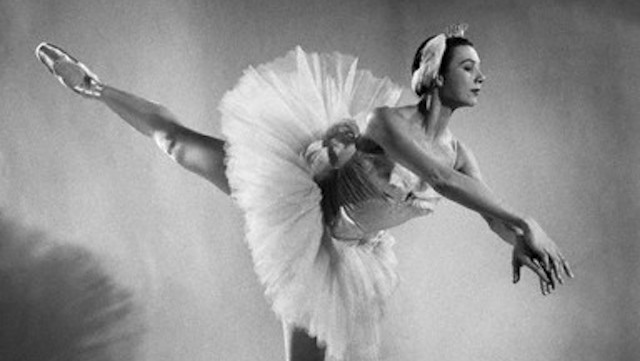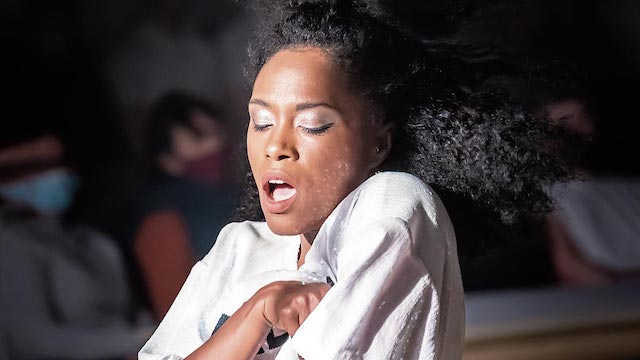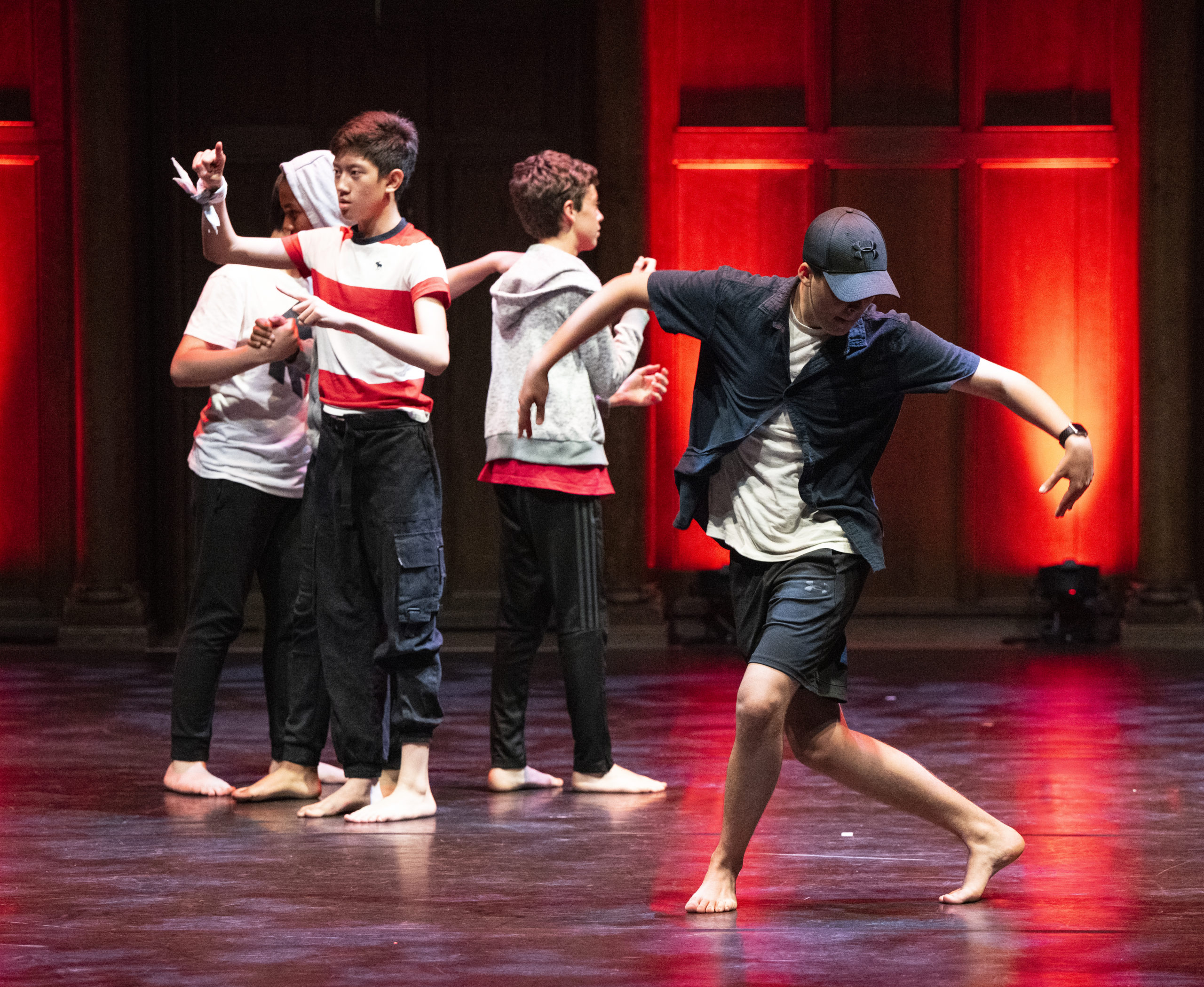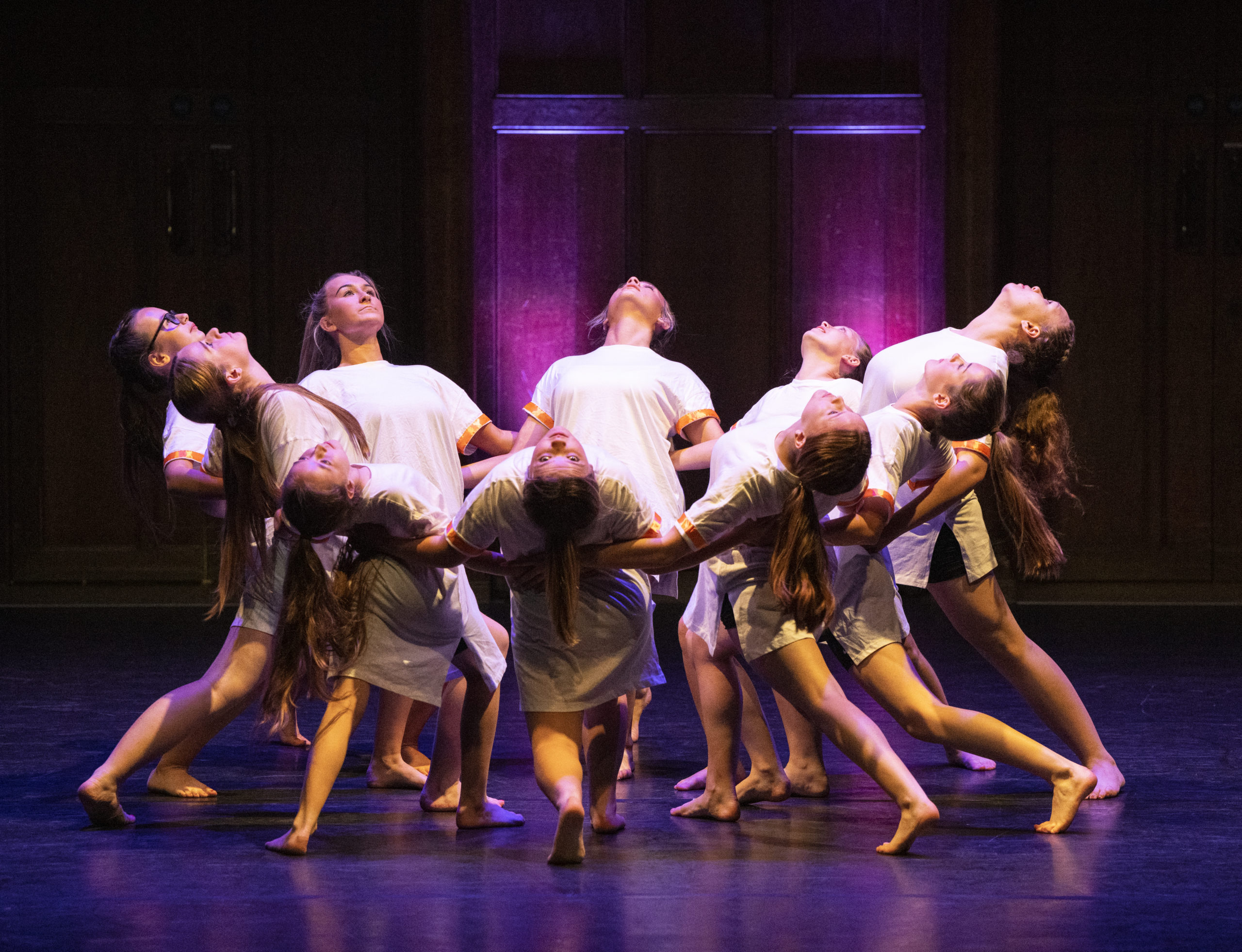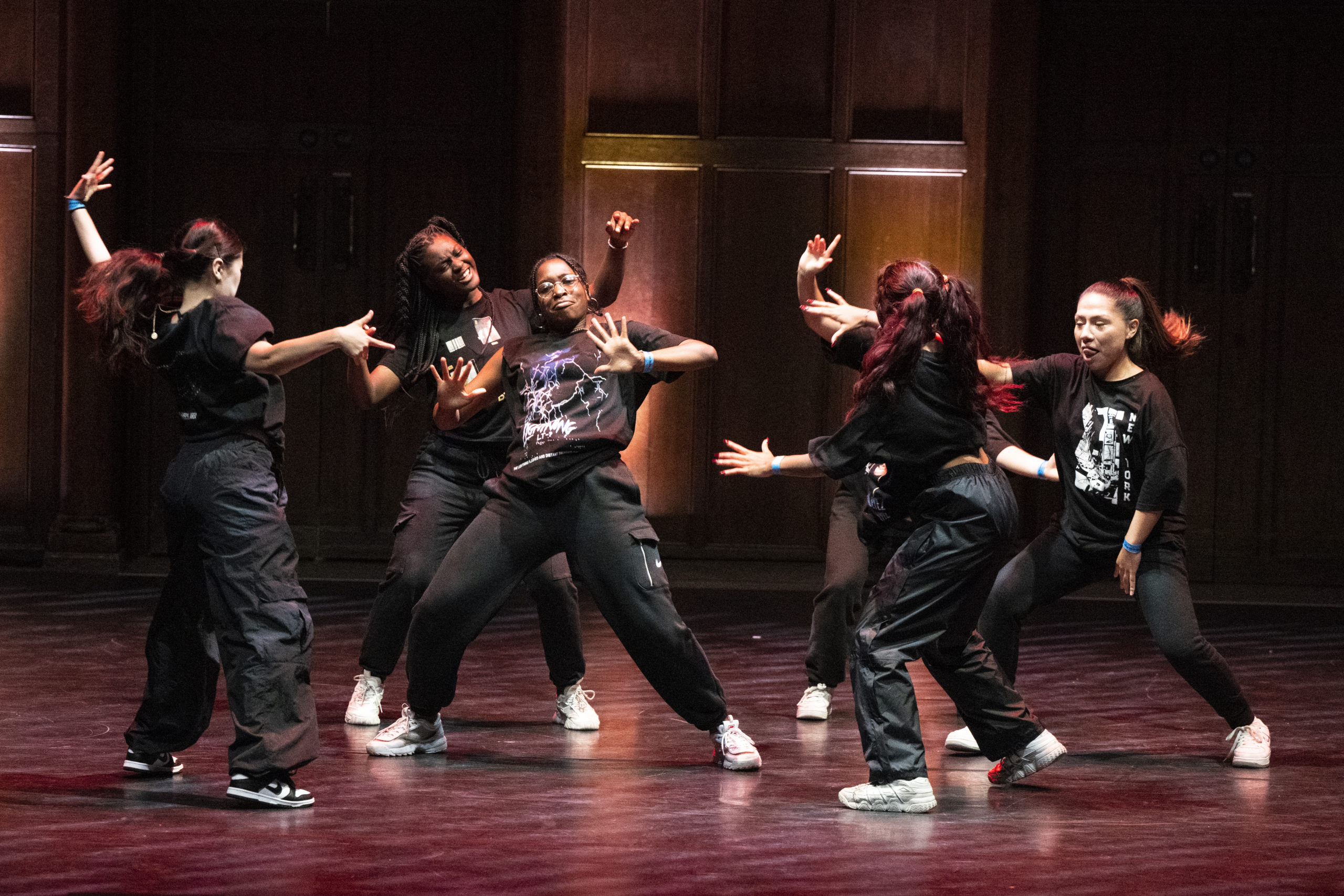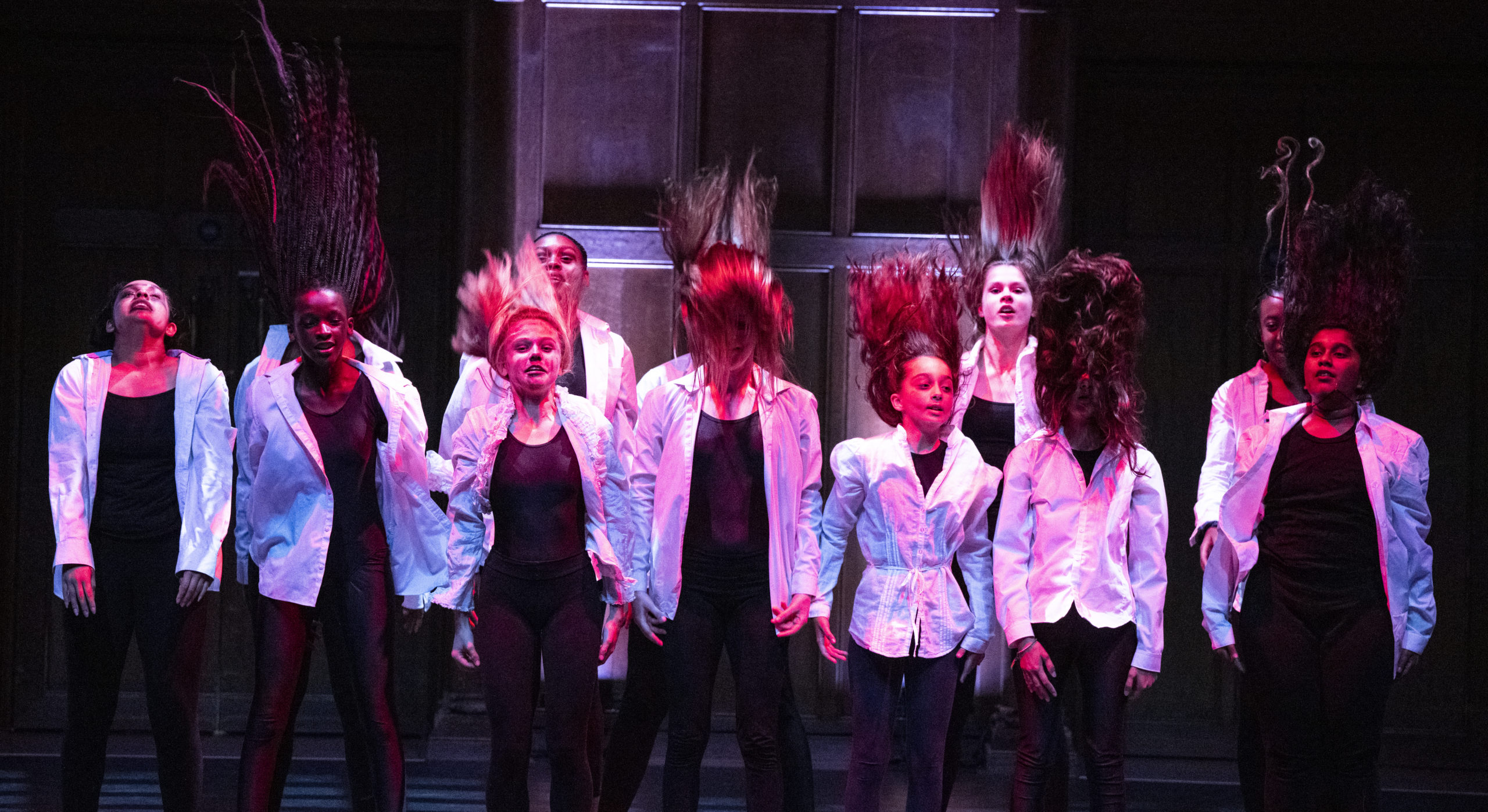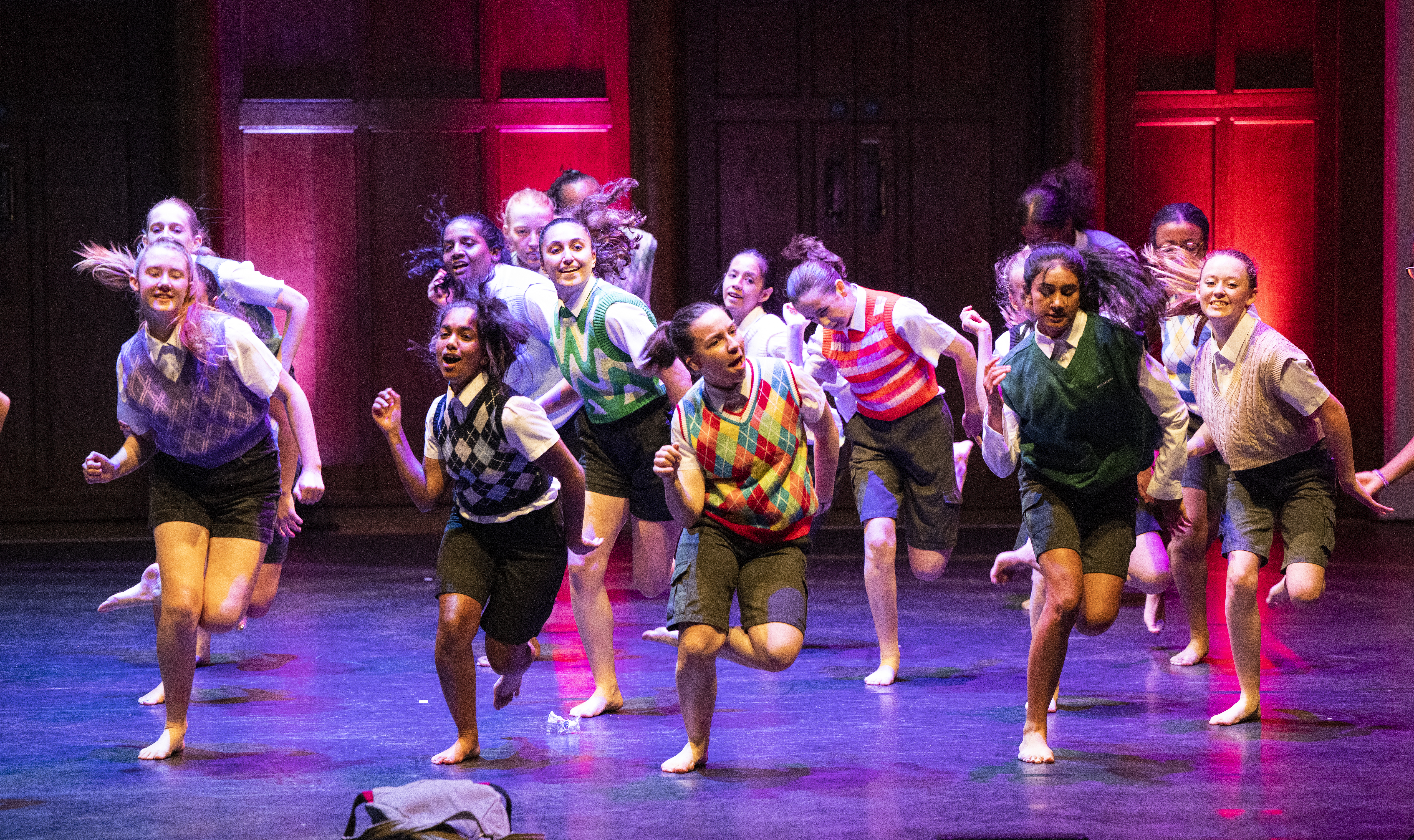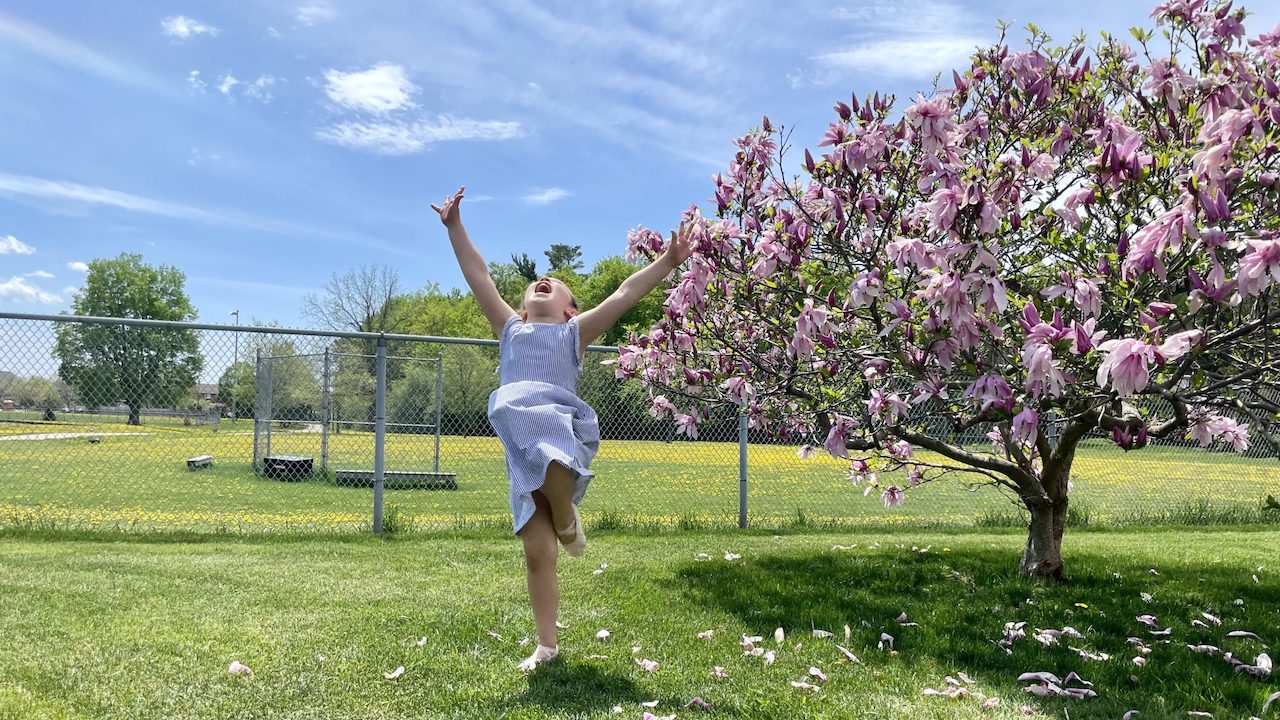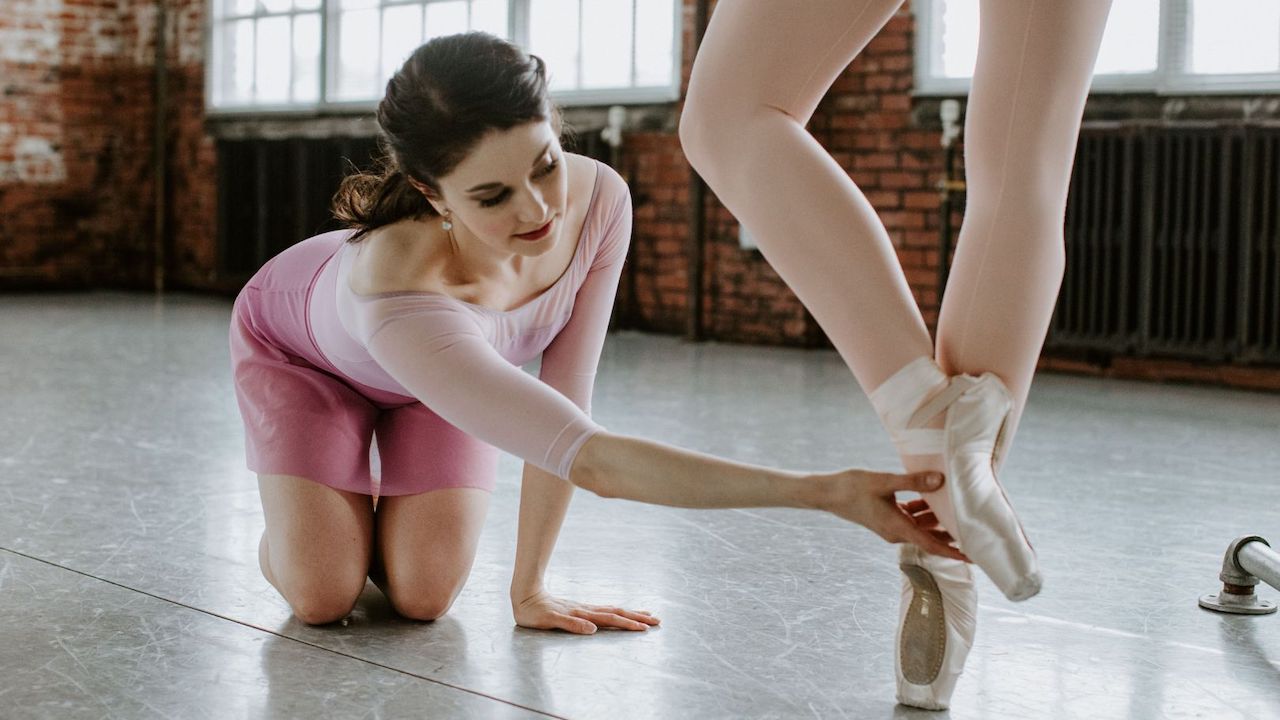There was a young boy who started dance in a church hall in Bearsden, a small village just outside Glasgow, with a woman named Mary Darke – an RAD teacher who would go on to change his life forever. He had no idea what ballet was. He didn’t know where it would lead. But there I was: nine-year-old me.
The piano sounded like it was out of an old western, and the barre was a plank of wood that Mrs Darke’s husband had drilled into the wall. That tiny hall was where my whole life began to shift – though at the time, I was just learning how to do alien things with funny names (pliés, tendus). I went through my grades, quietly, but I was gripped, captivated, by the time I spent with Mrs Darke.
Looking back, that hall was so much more than just a space to dance. It was a playground. A place to explore and discover and grow. Mrs Darke didn’t just teach me ballet, she didn’t just teach me grades and syllabus. She gave me something far bigger. She opened the door to a world I didn’t even know I was allowed to imagine.
I don’t want to romanticise it. I was a boy growing up in Glasgow not telling my friends about this thing called ballet. I’m sure I turned up in a mood more than once. But here’s the thing: children don’t always show you their gratitude in the moment. Learning takes time, the complexities of ballet take even longer. Only now, years later, do I look back and realise how deeply Mrs Darke and my other teachers shaped me.
‘As dance teachers, your impact will go far beyond the students in your studio’
When I was appointed Artistic Director of the Royal Ballet School, one of the first things I did was sit down and write to the three ballet teachers who changed my life: Mrs Darke, Penny Withers and Fabrice Maufrais. I didn’t thank them for their perfect lesson plans or the way they taught me to pirouette (all of which would be true). I thanked them for believing in me, for giving me space to make mistakes, for lifting me when I was down and keeping me grounded, for pushing me beyond what I thought I was capable of. I thanked them for caring.
And I apologised, too – for never saying thanks enough, for feeling that I had never given them credit for the profound impact they made on my life. They all responded saying they never wanted thanks, they only wanted to help. I imagine you too feel that way: you don’t want to just teach dance – you want to help people.
And it’s not just about teaching dance. You are creating places for imaginations to flourish. Spaces for young people to discover who they are and who they want to be. You’re not just delivering a syllabus or teaching steps – you are opening up new worlds. You will help them become the best version of themselves and you will help them shine.
As dance teachers, your impact will go far beyond the students in your studios. You will create ripples of change that reach into families, communities, and futures in ways you can’t predict. You will fill parents with happiness as they see their child grow in confidence from your lessons that flow into everyday behaviours.
Mrs Darke, my first RAD teacher, gave me a pathway into a life full of enriching experiences, for which I am eternally grateful. It all started in a small church hall doing a plié – now is your time to find your space and help shape the lives of young people.
LOOK
Successful RAD students celebrate Graduation. All photos: Tempest Photography

